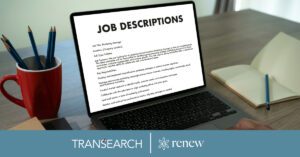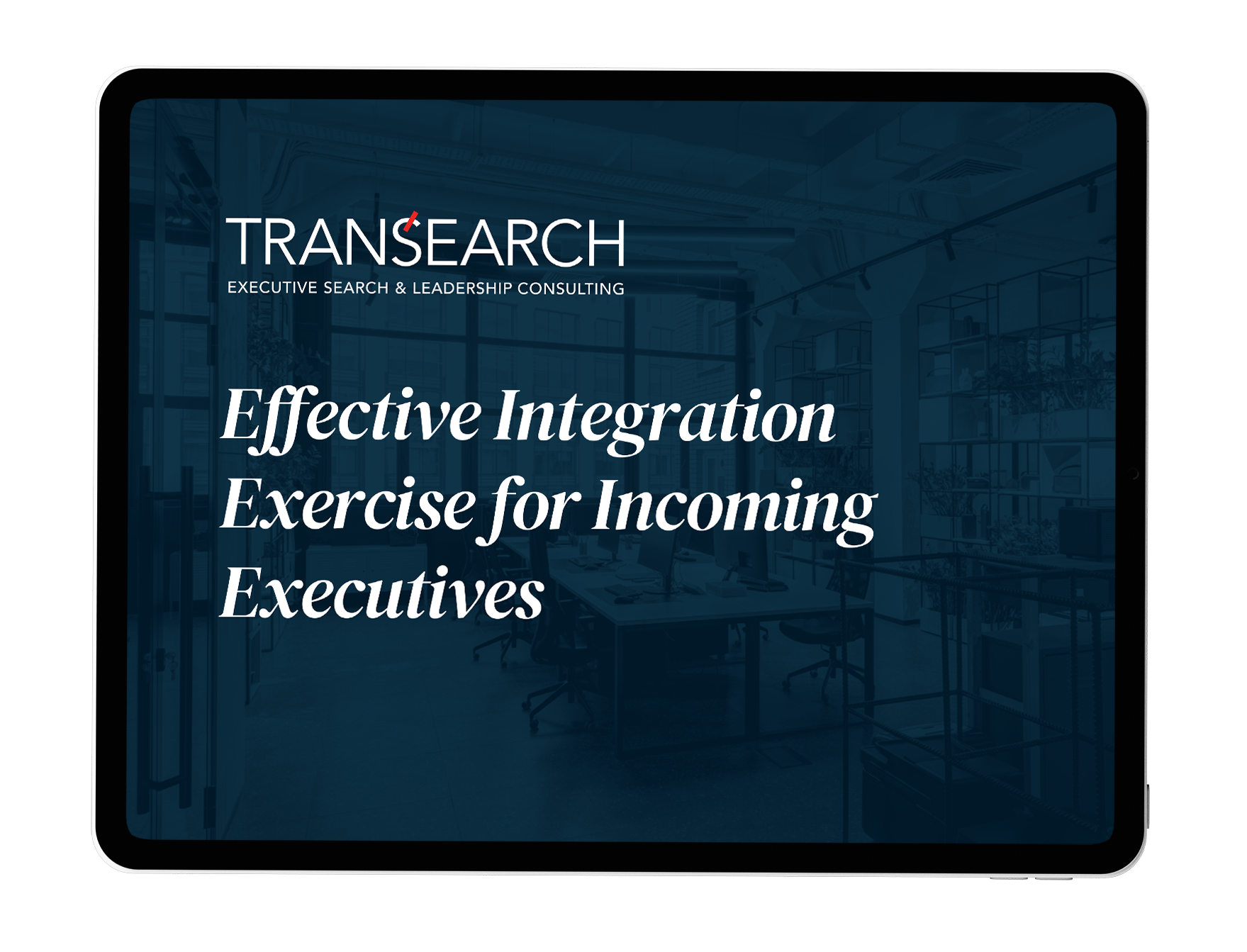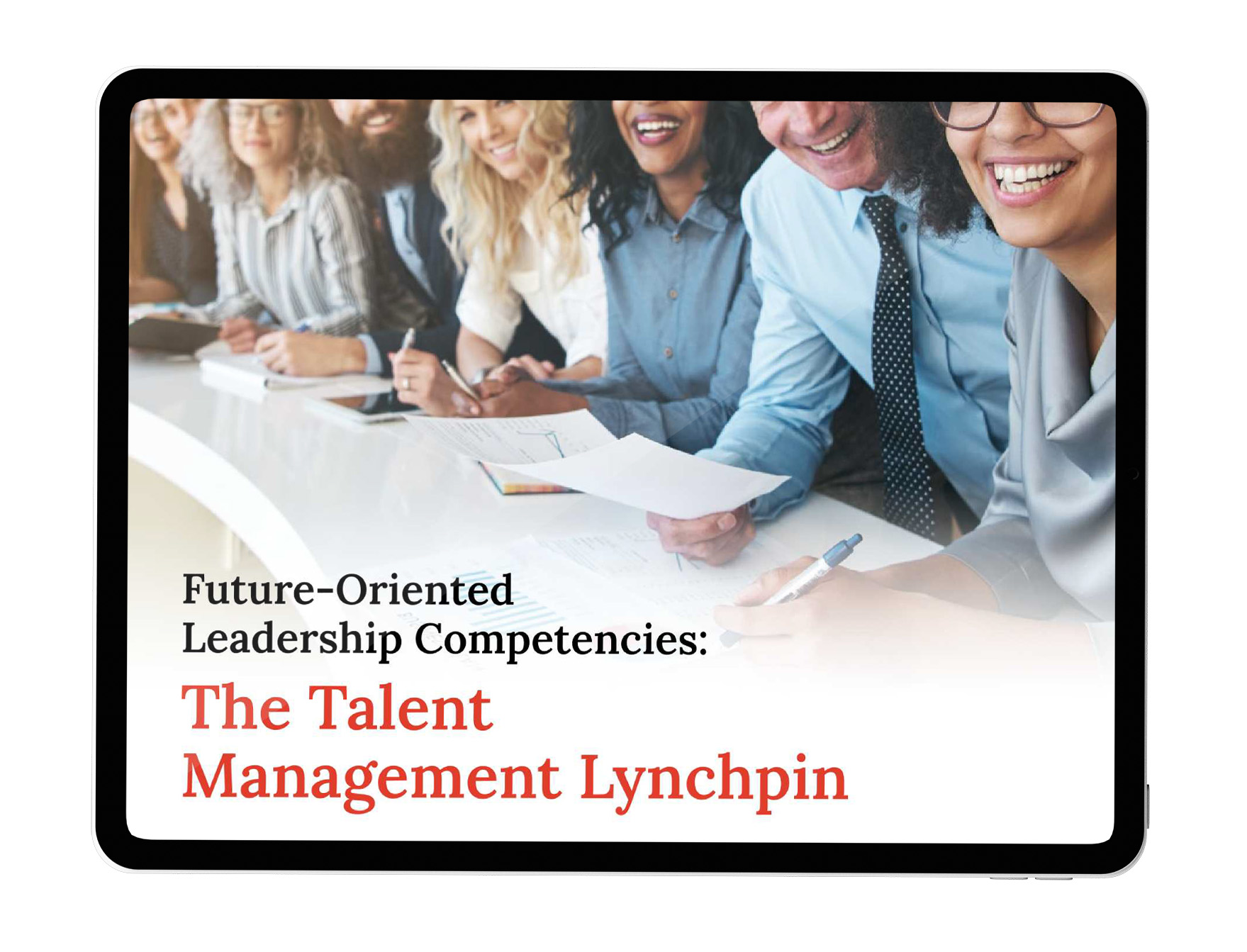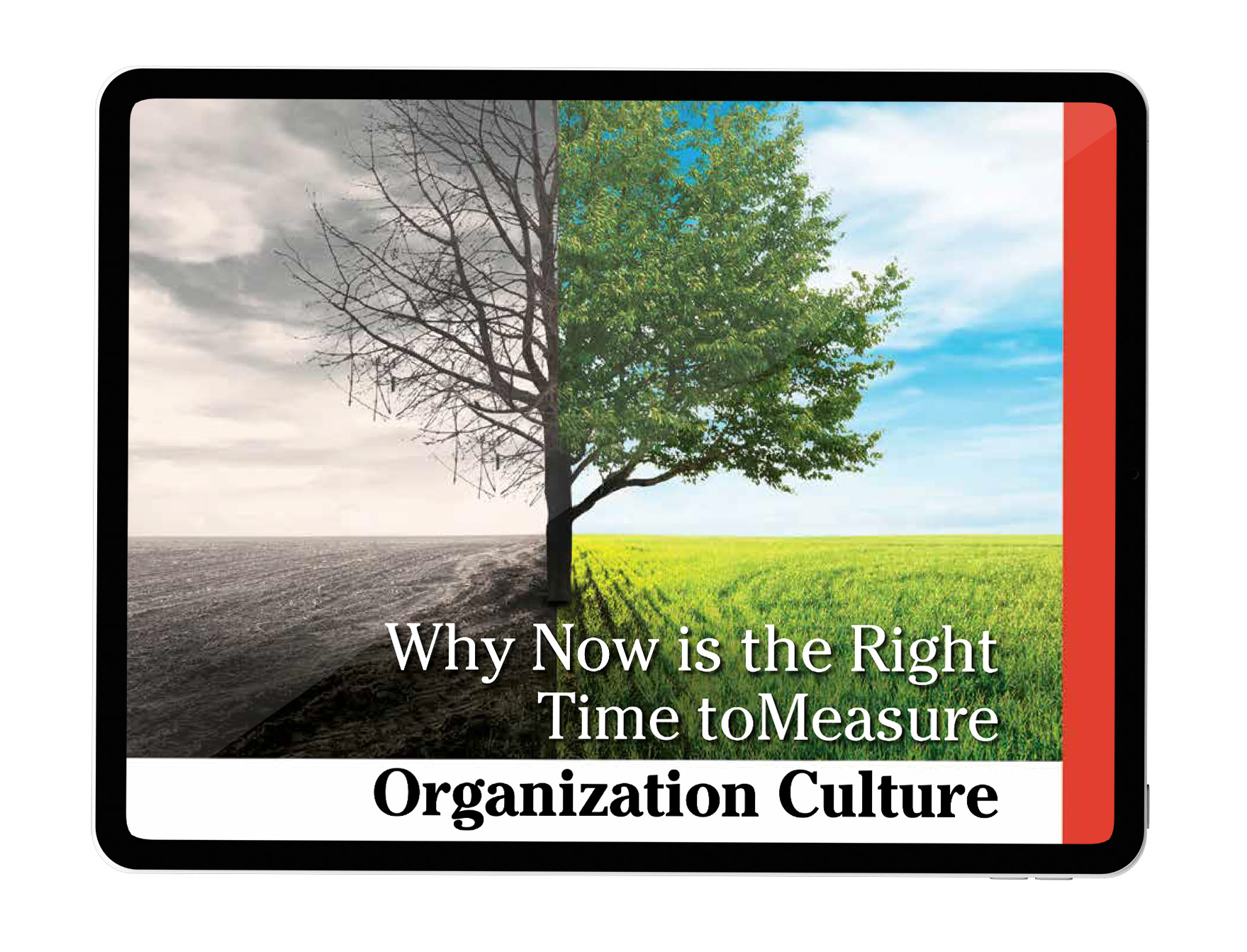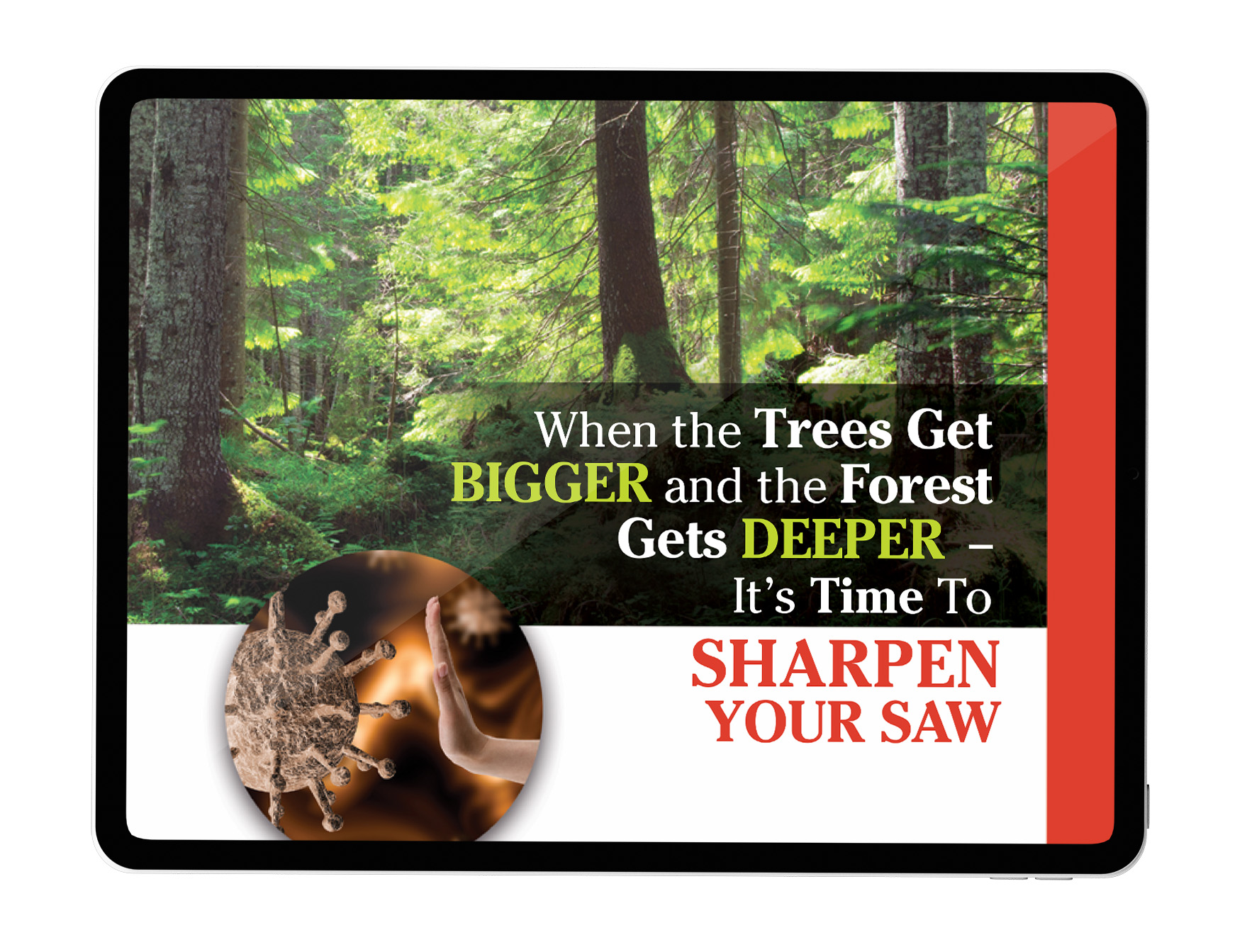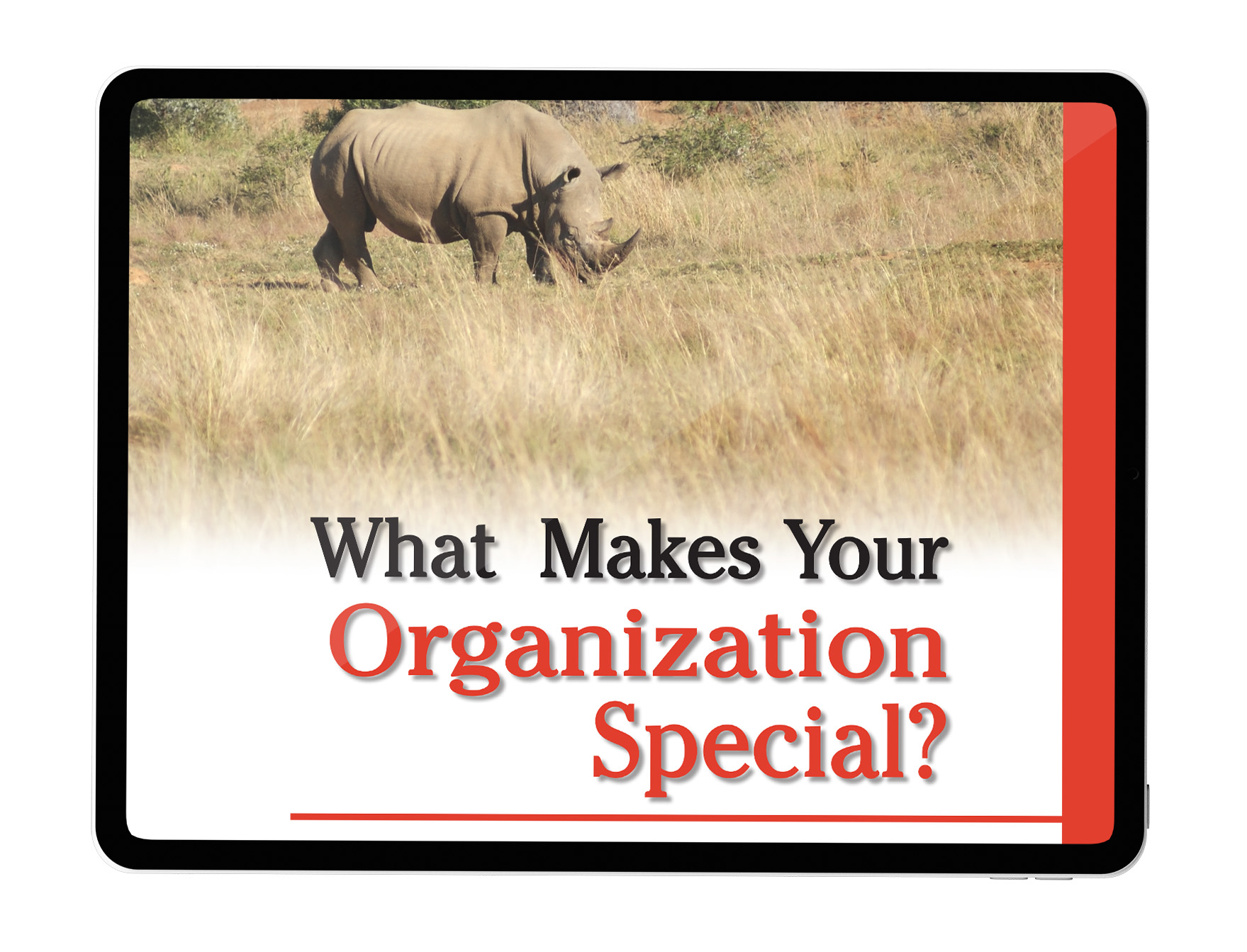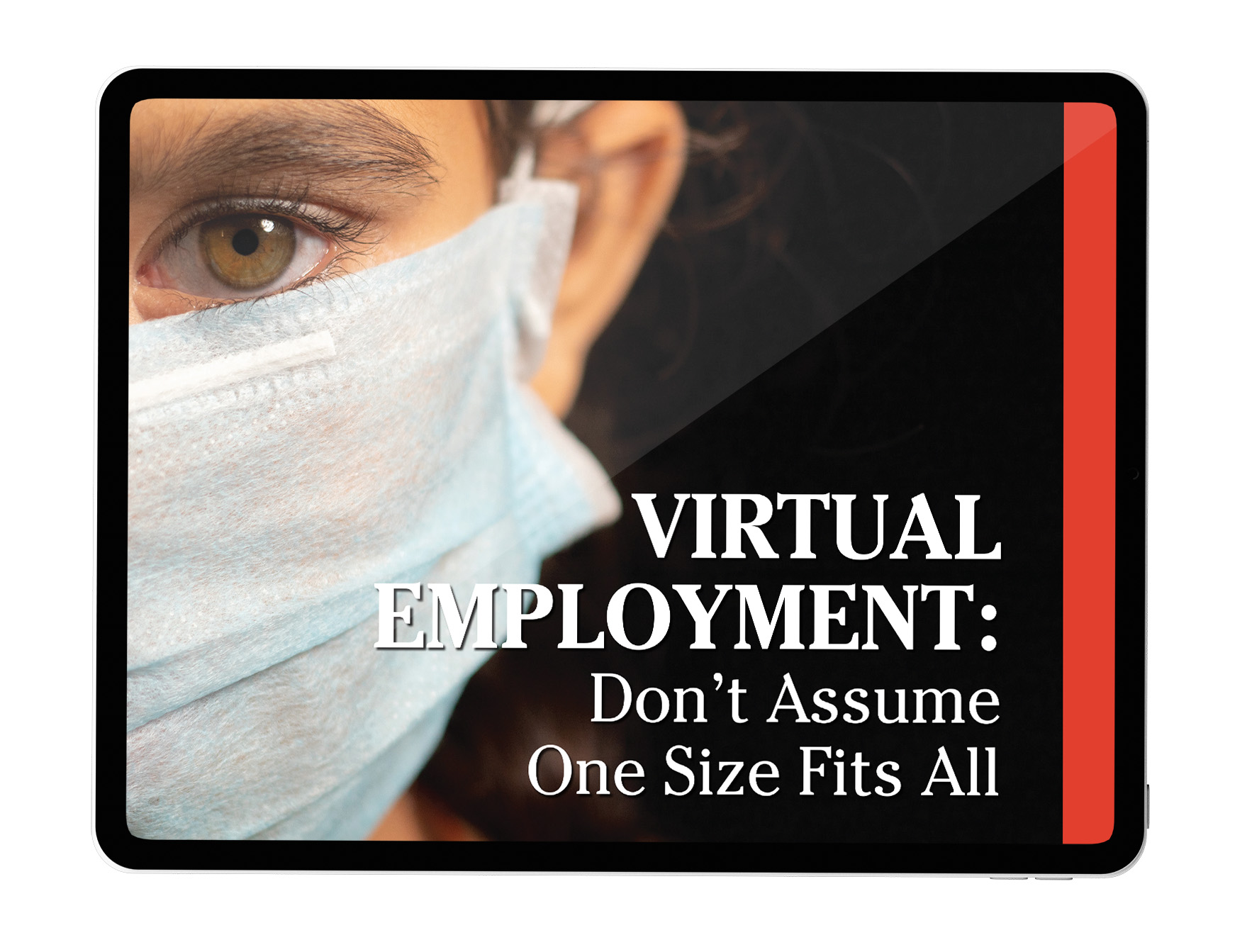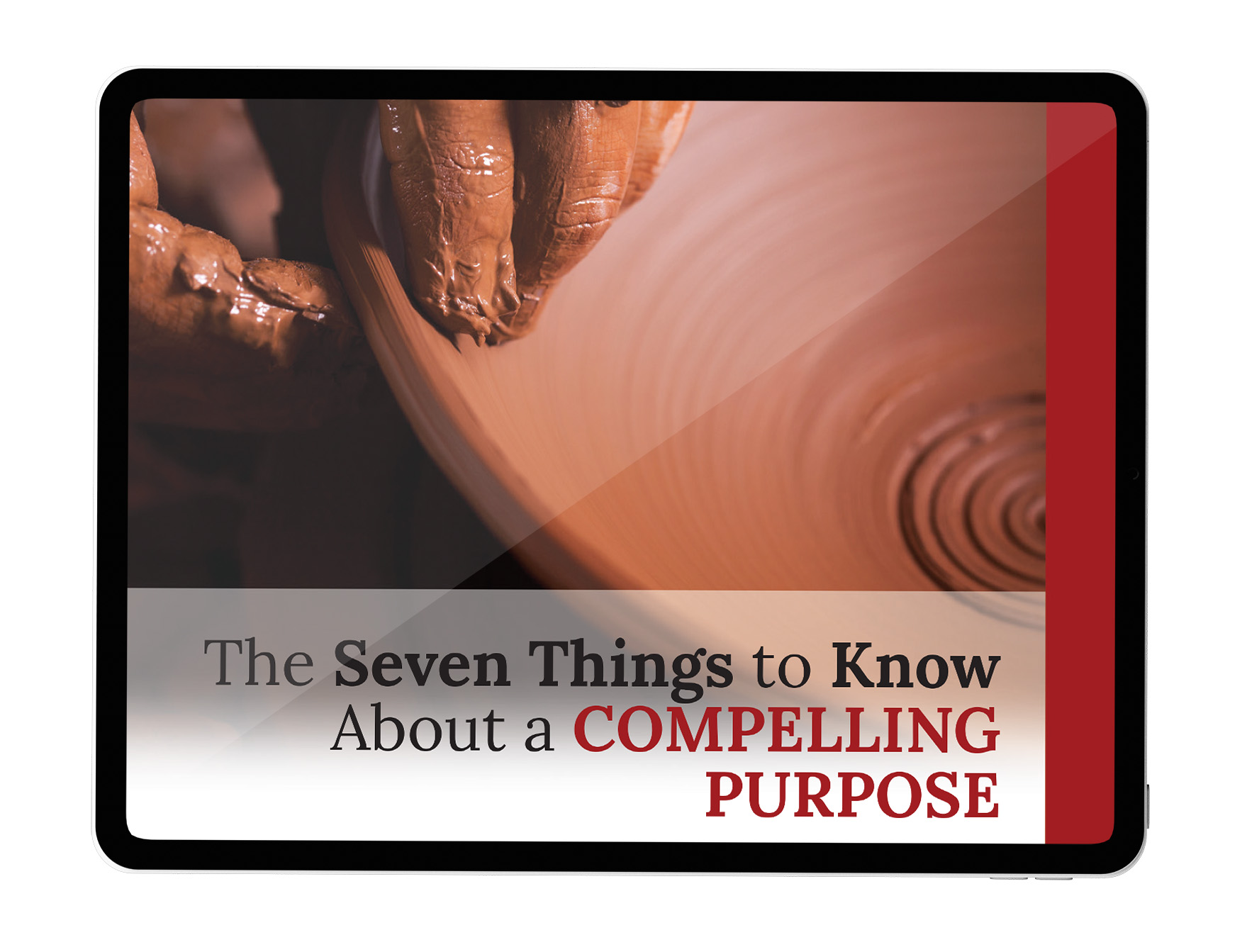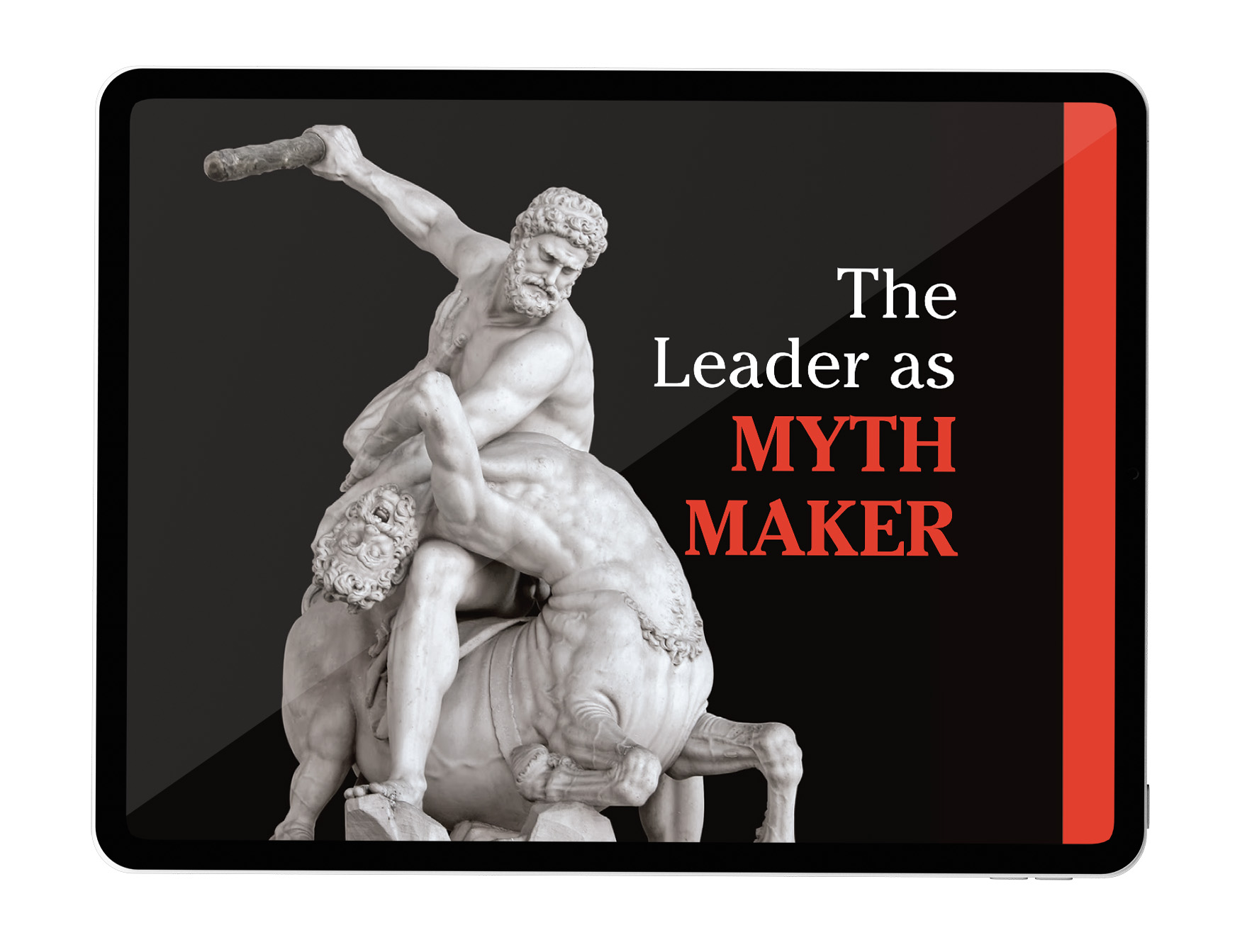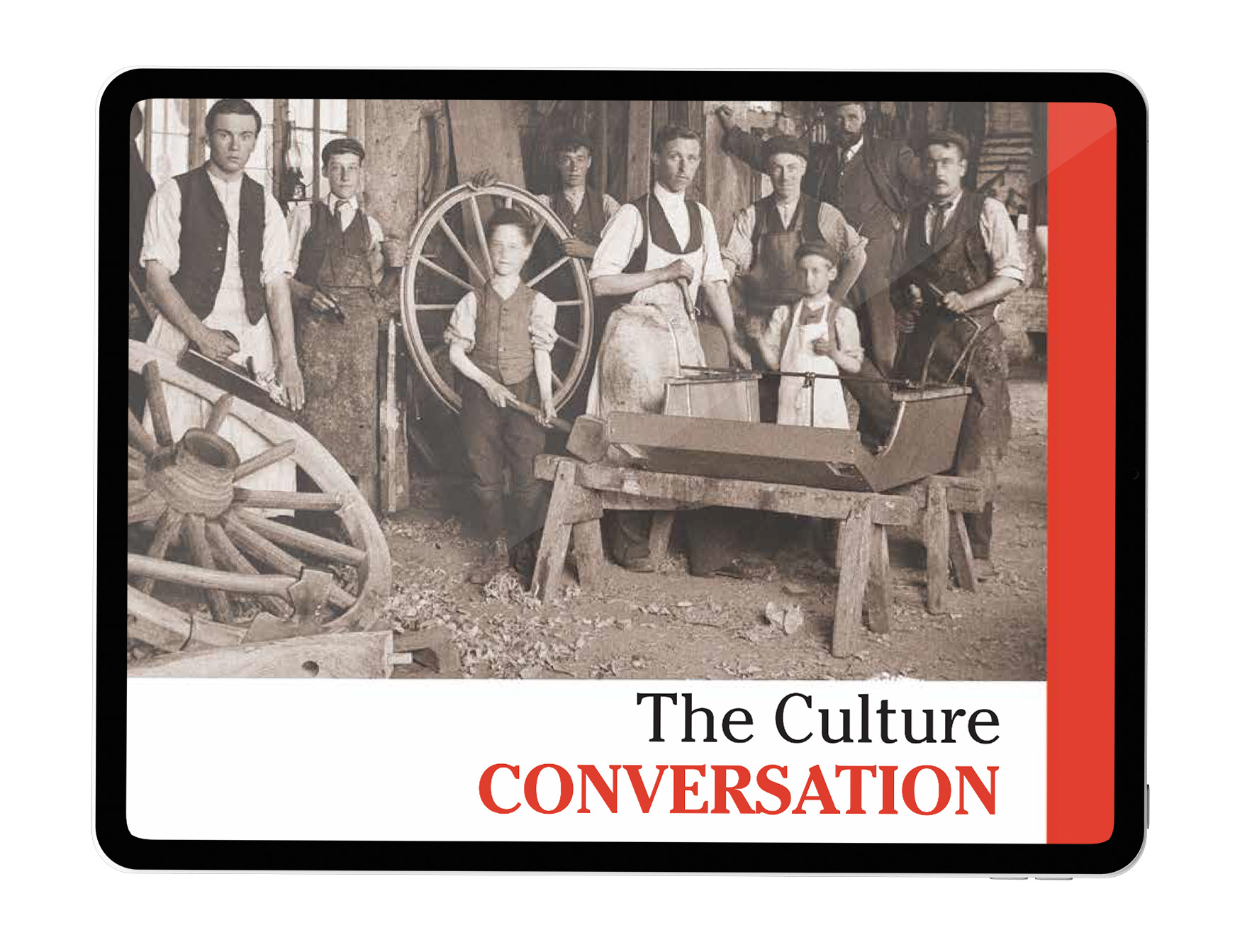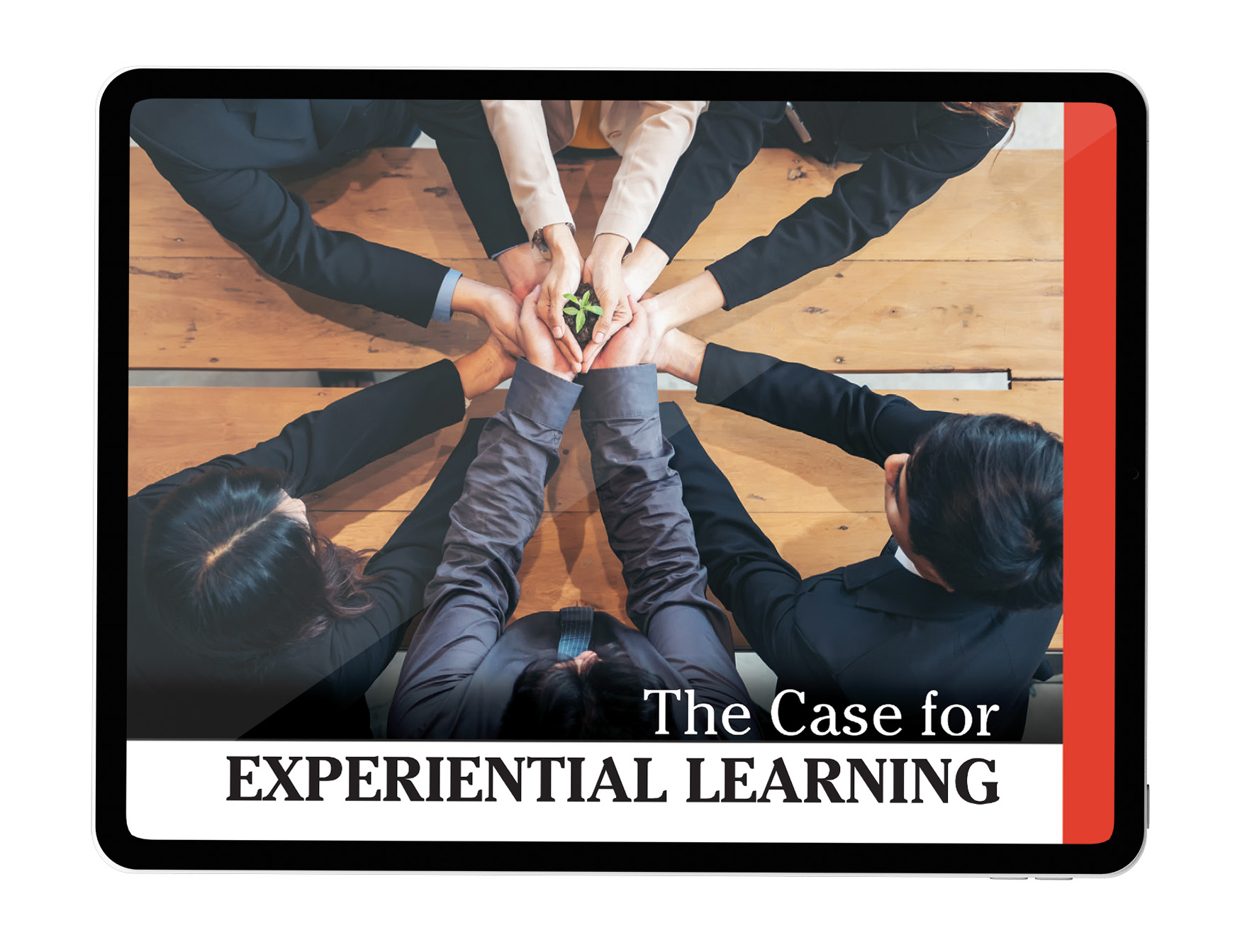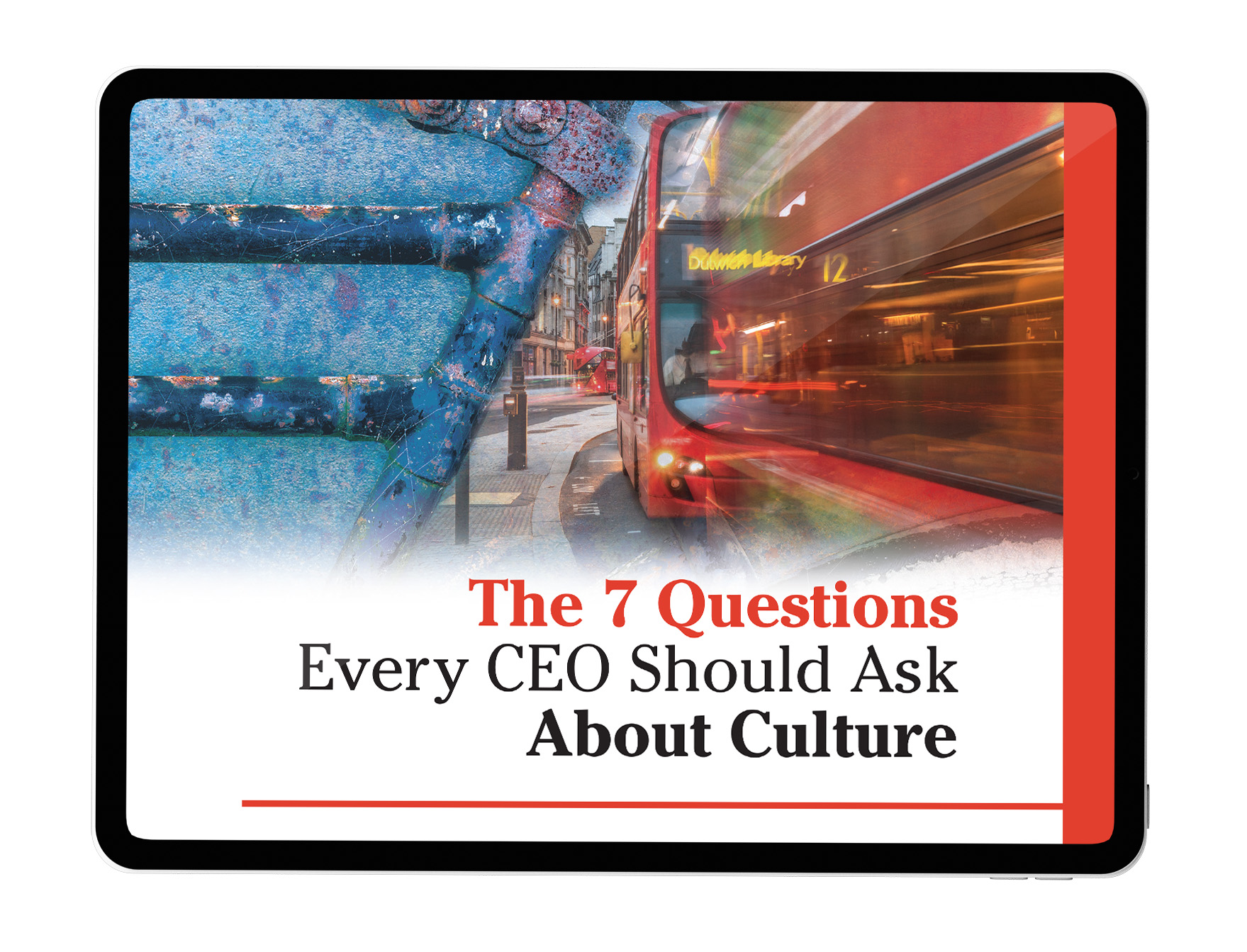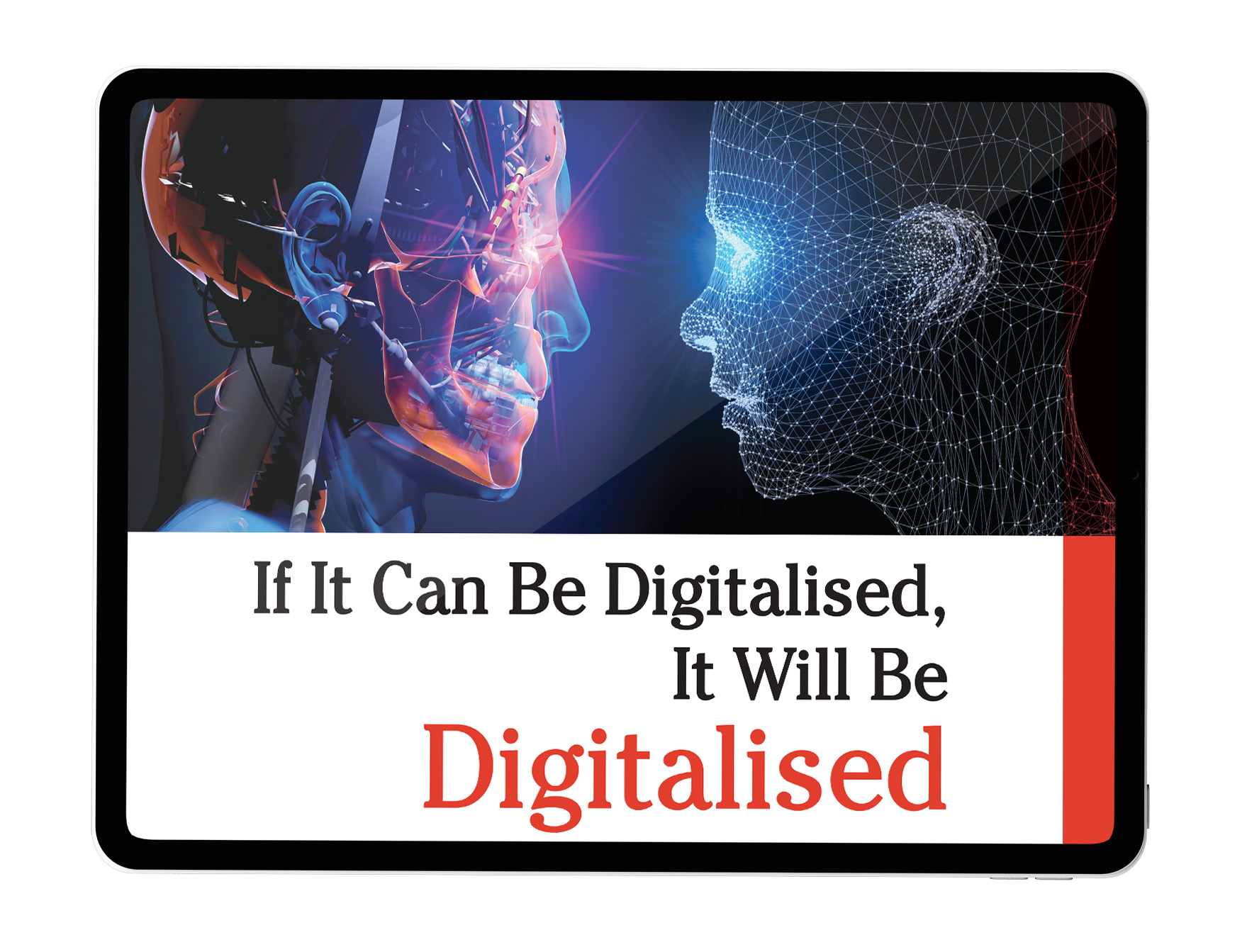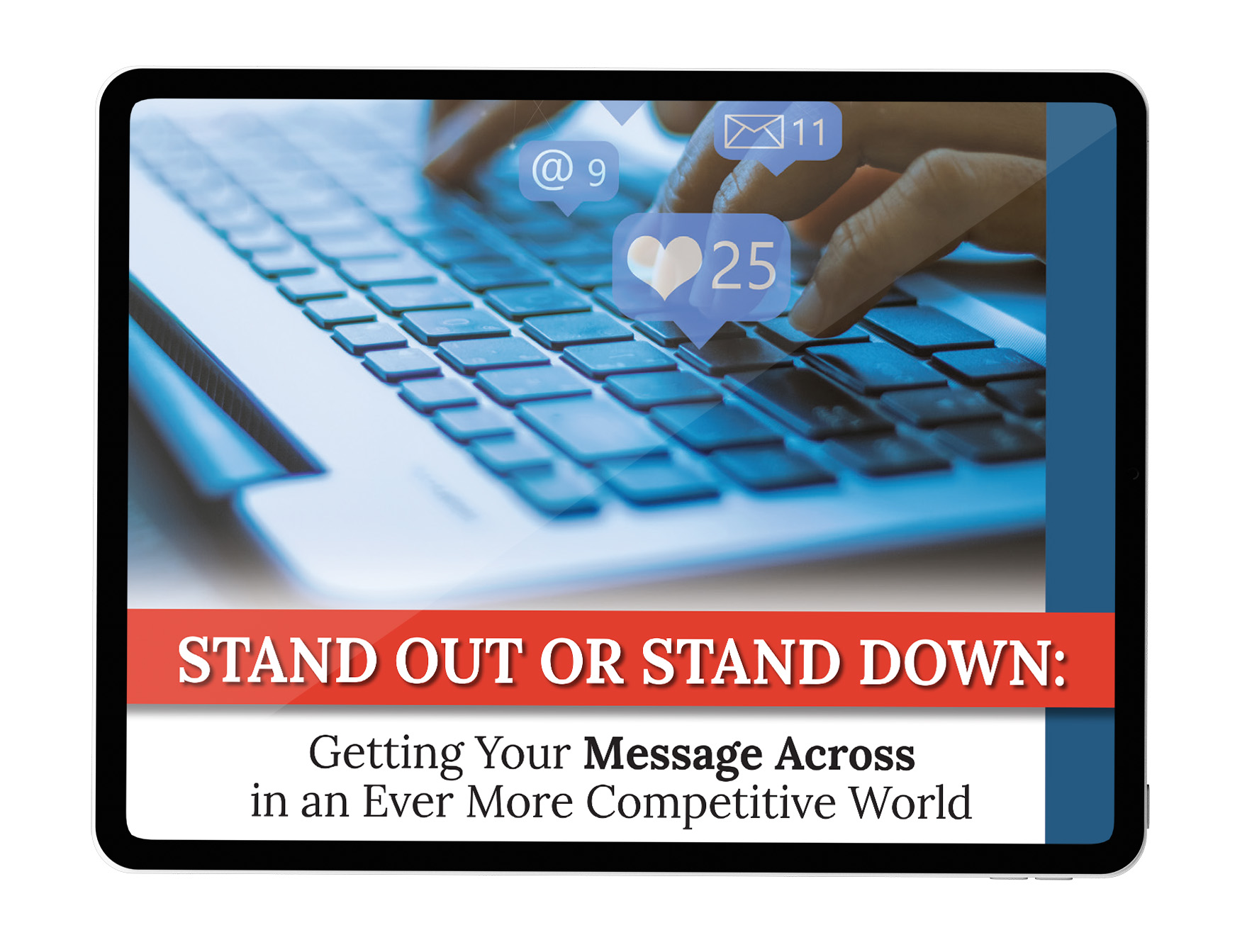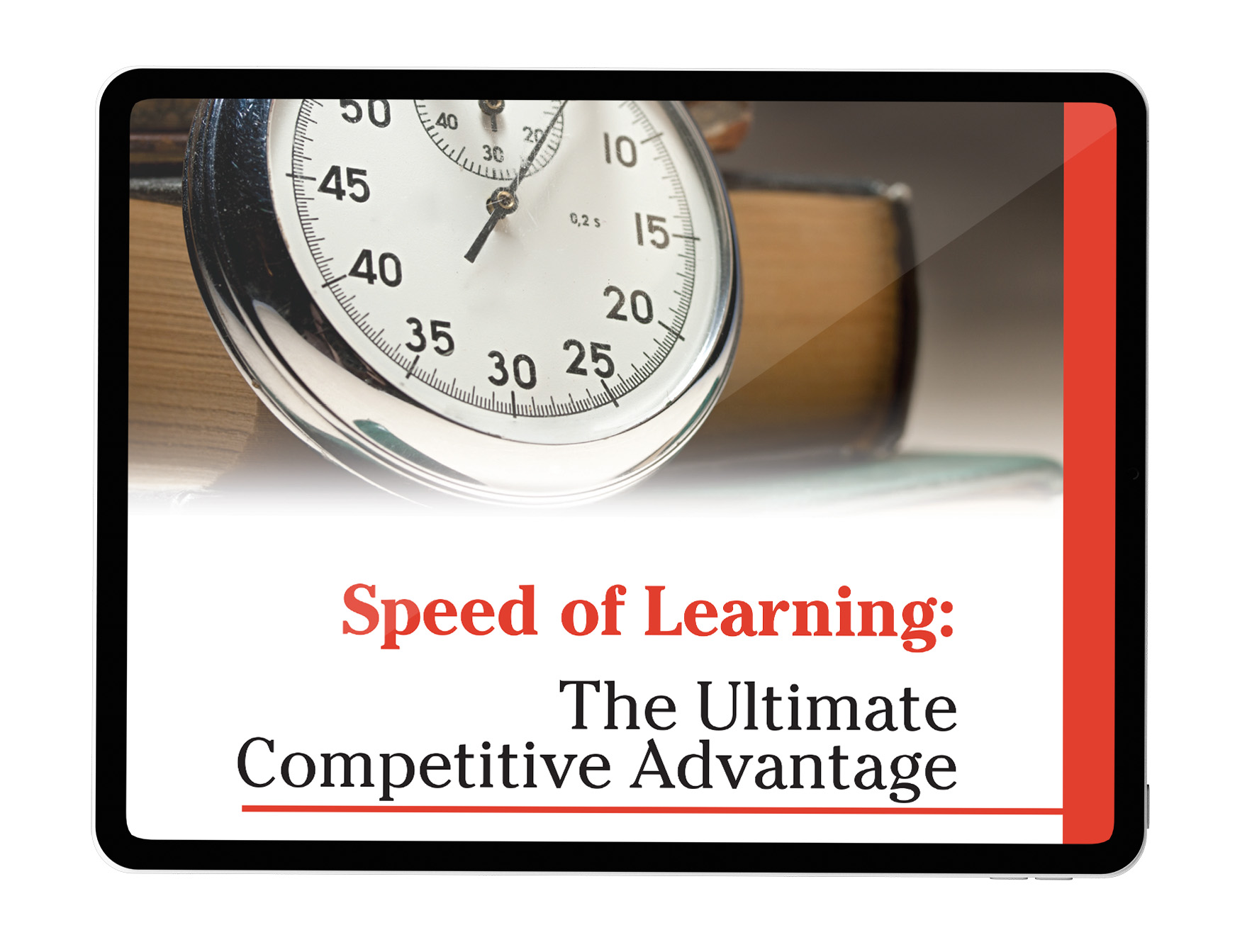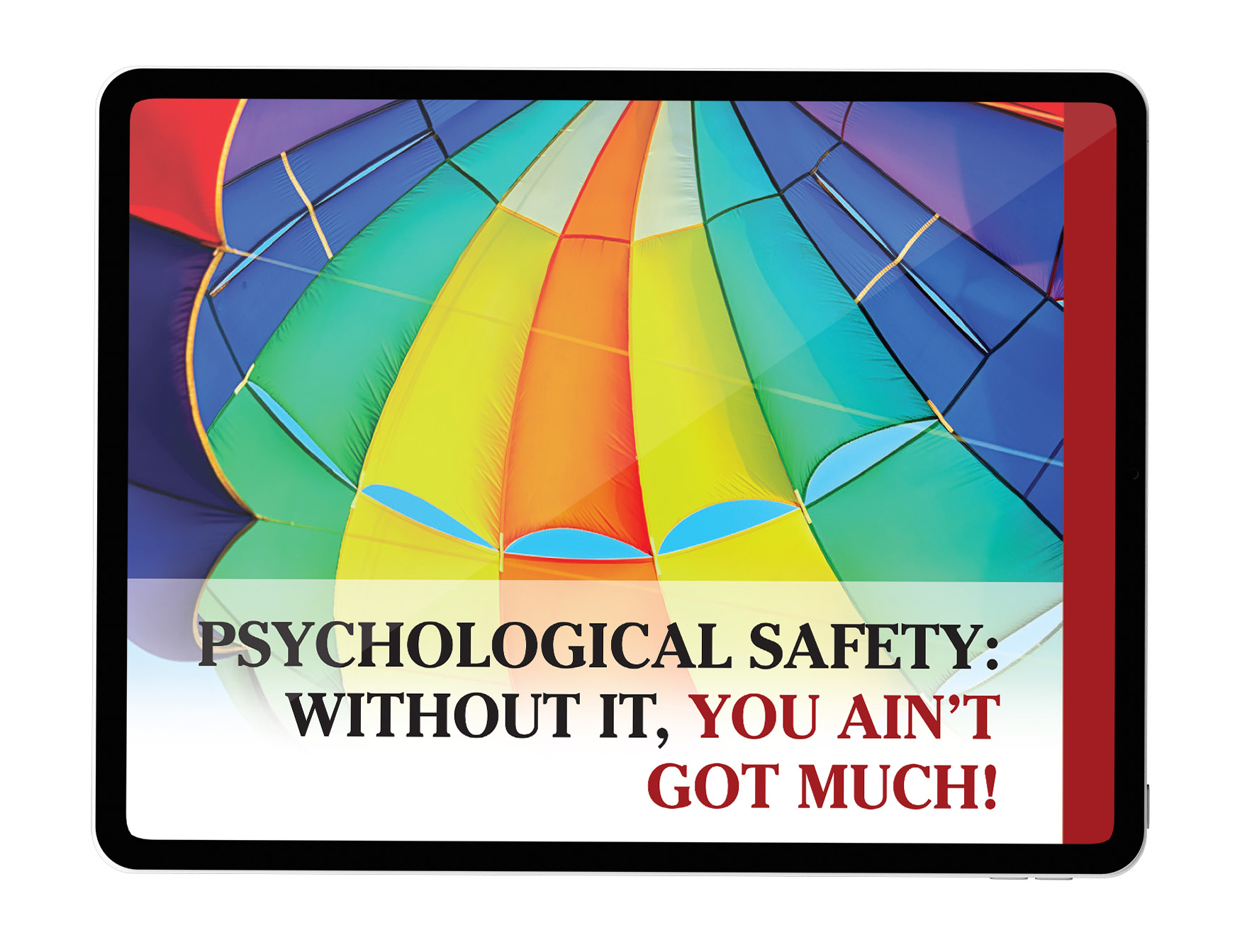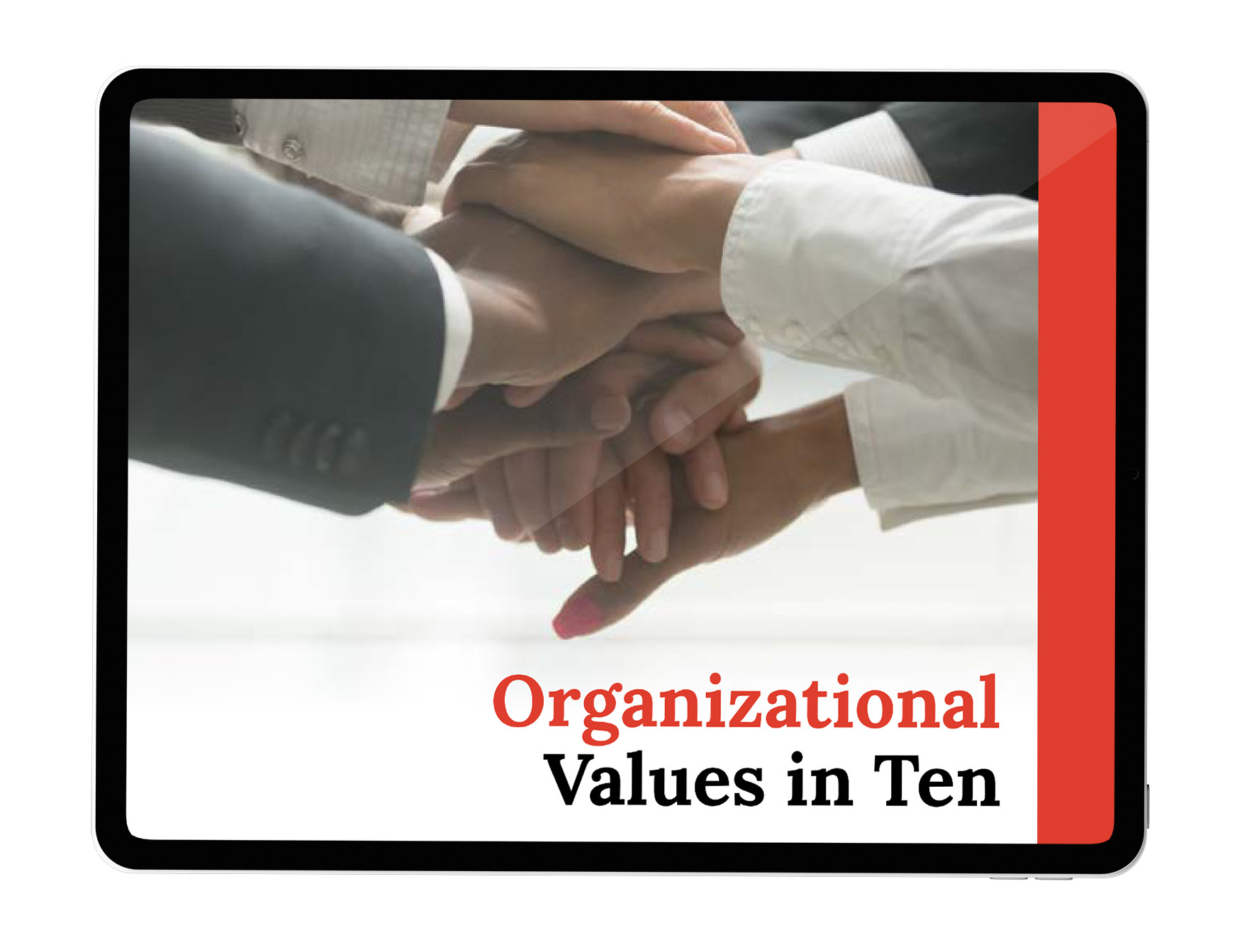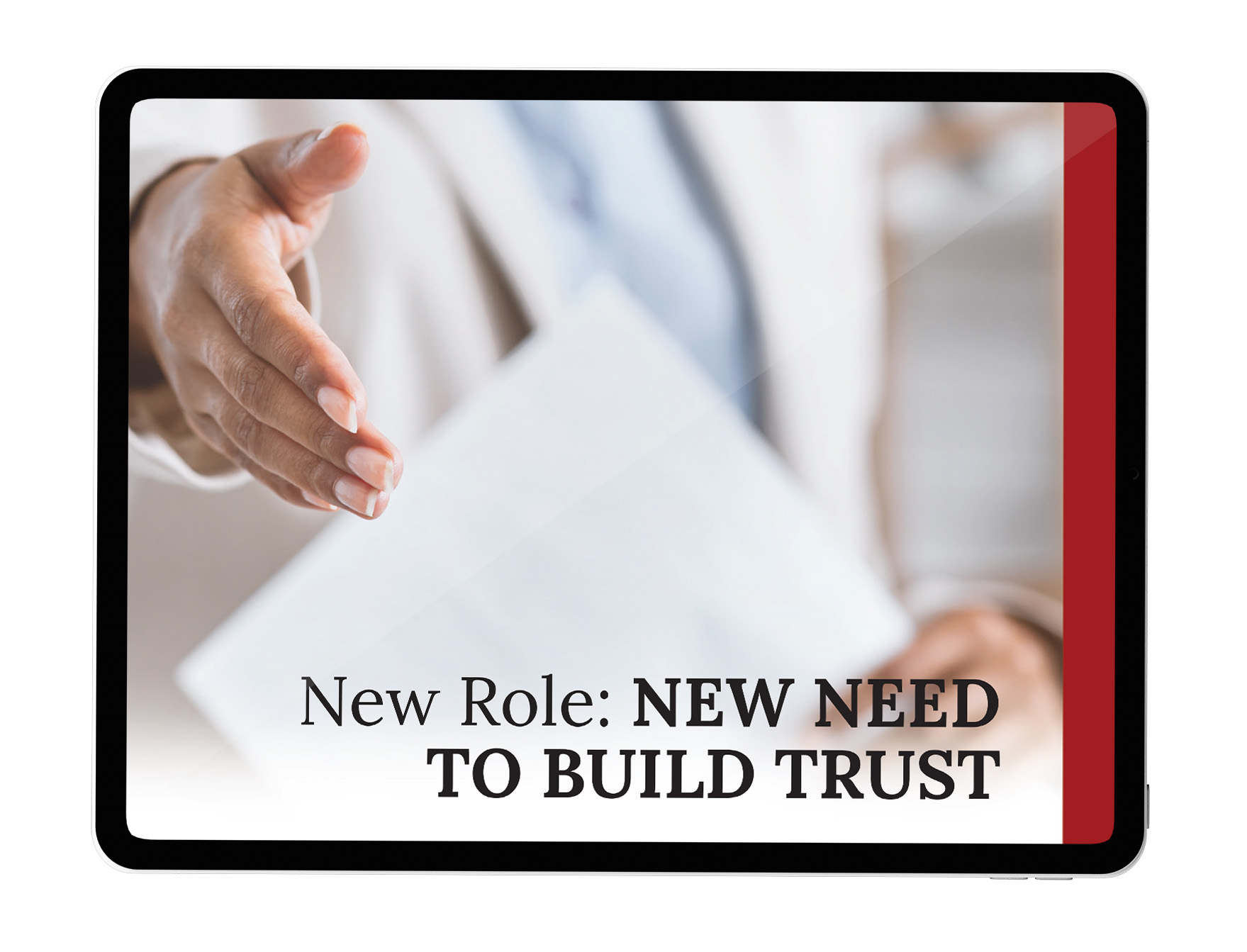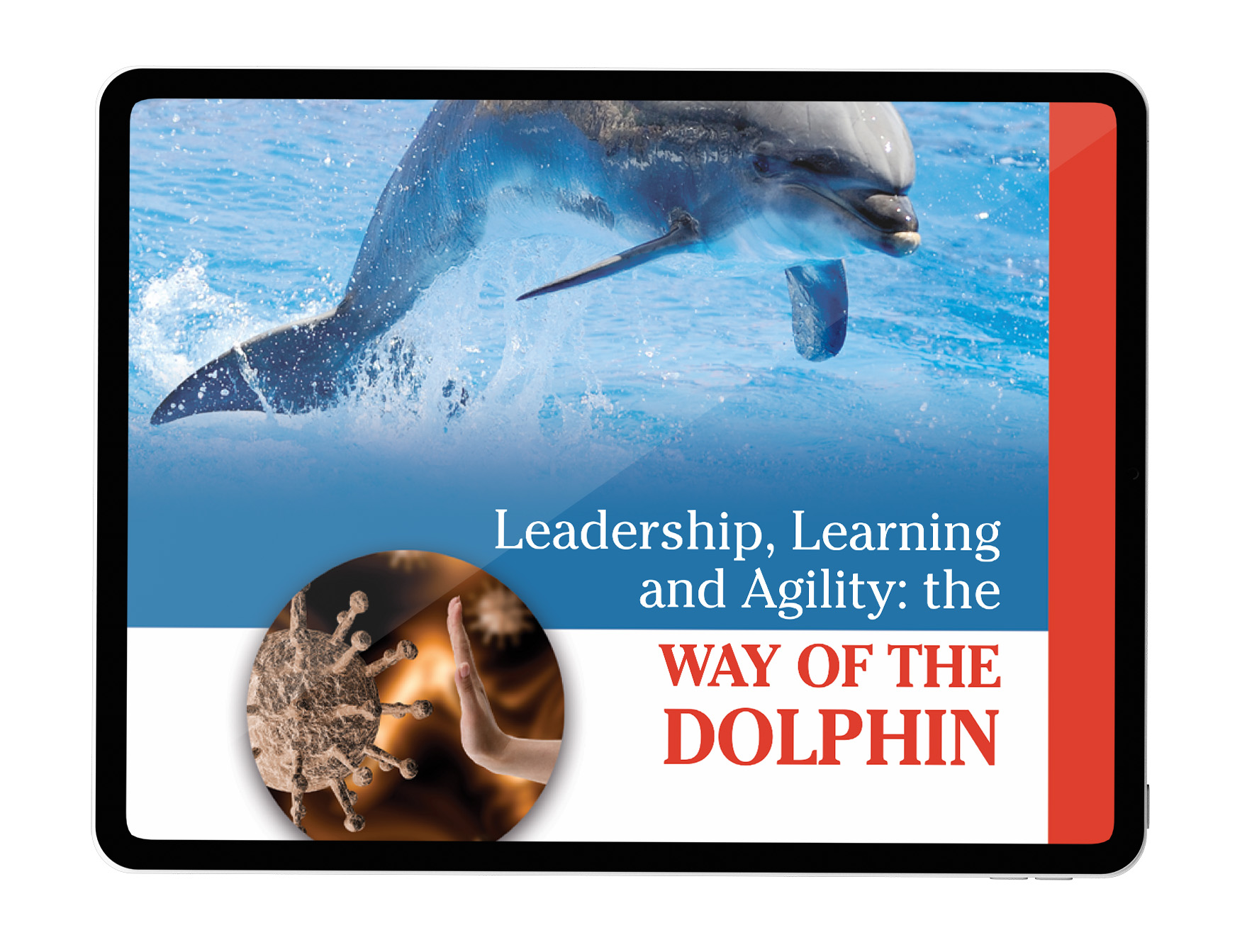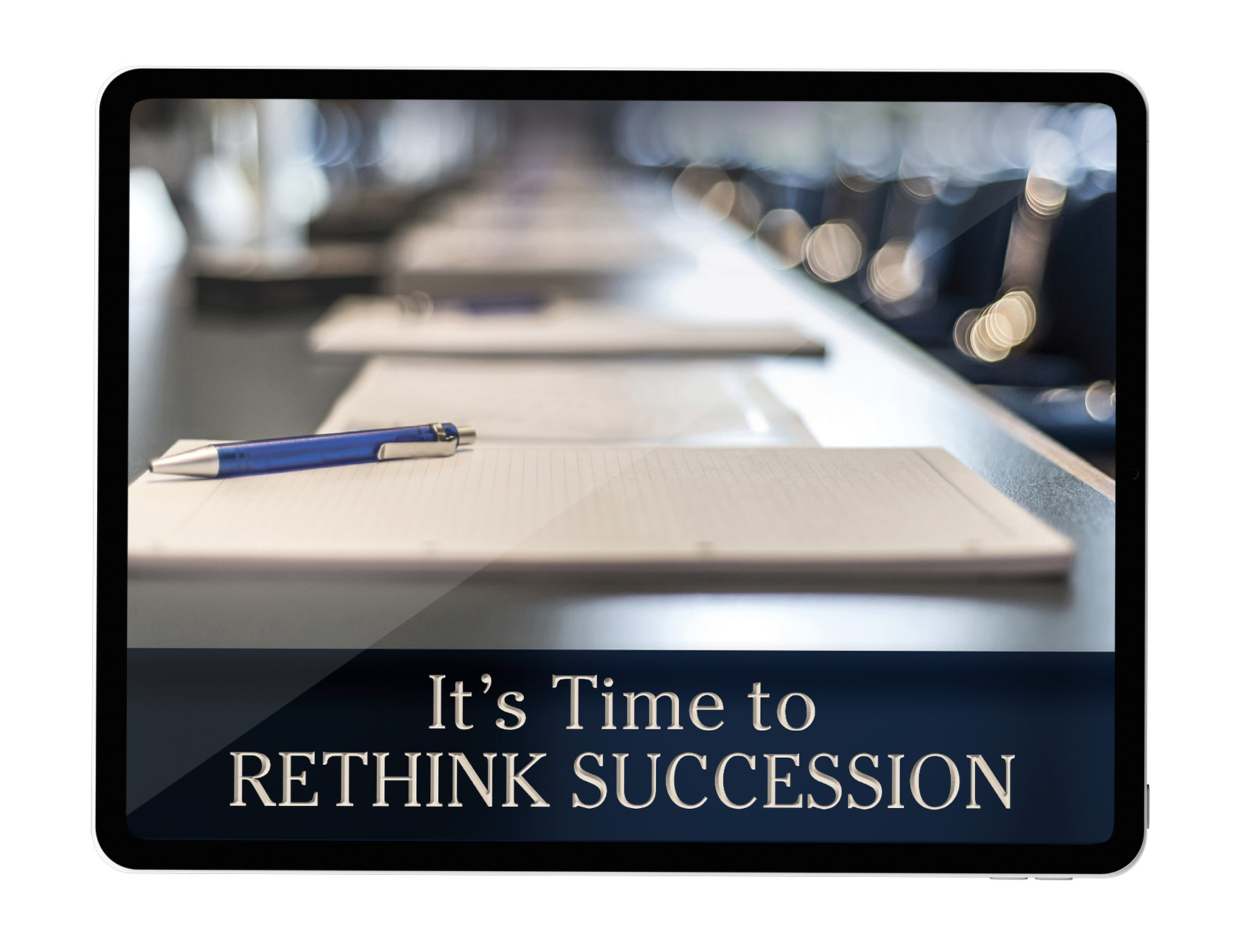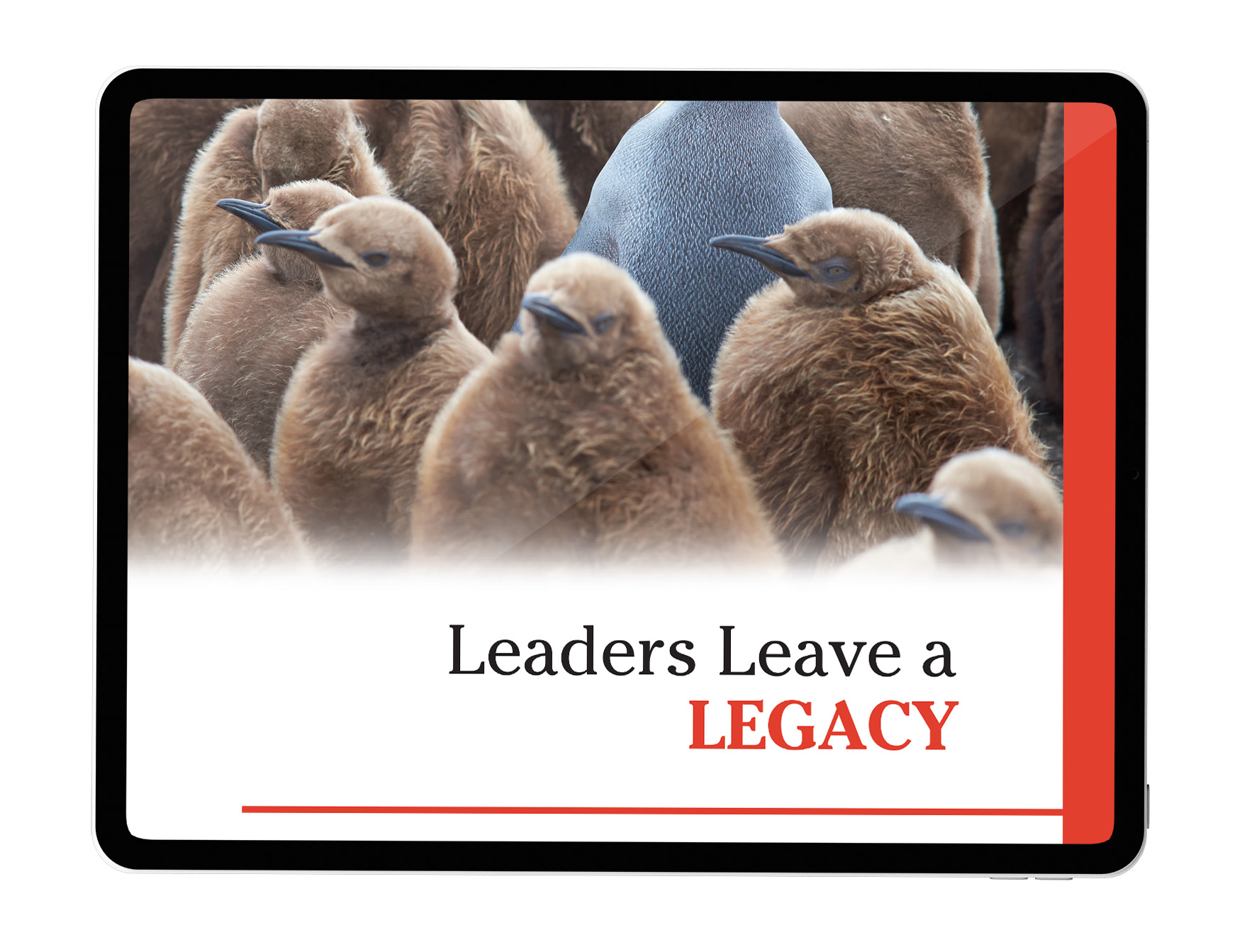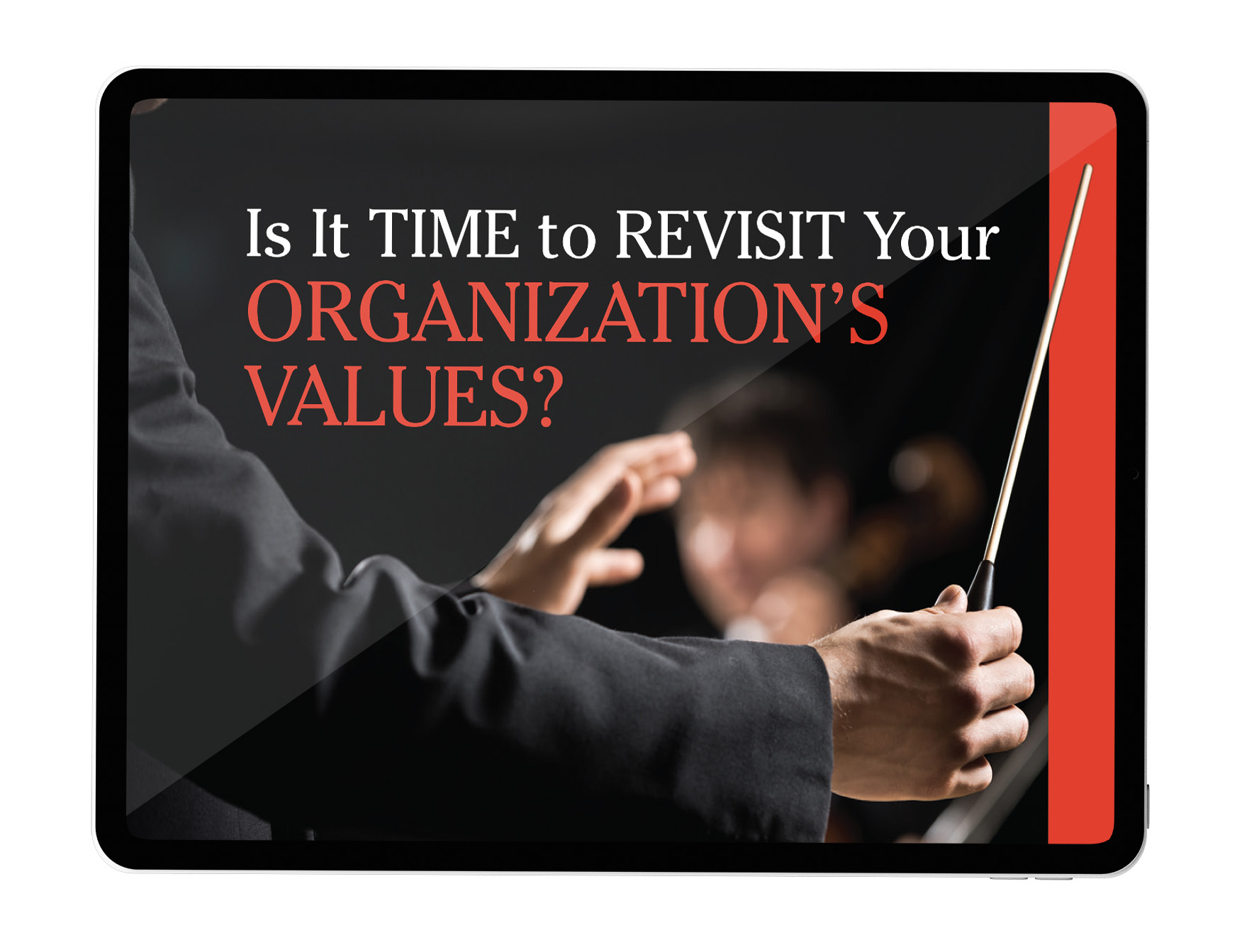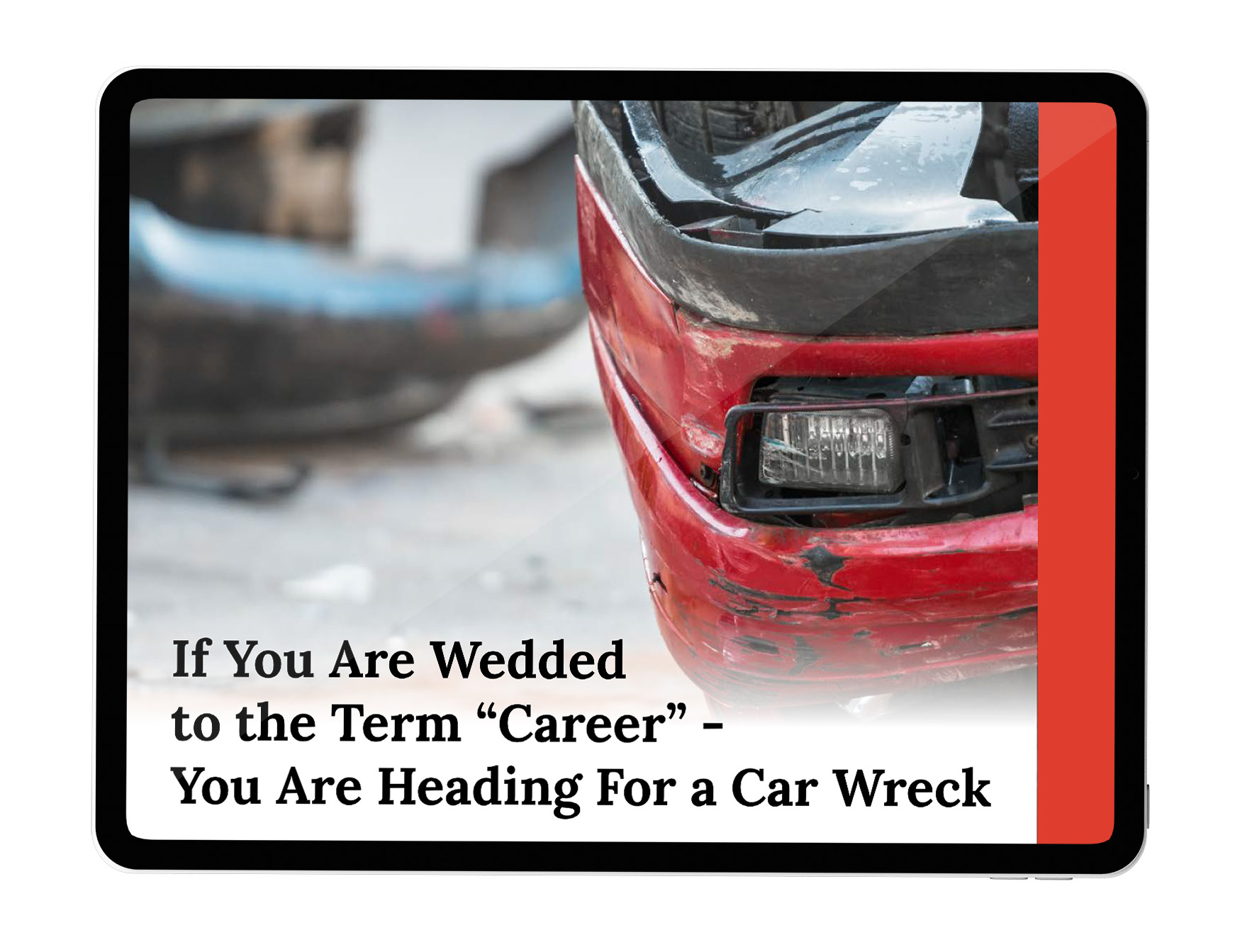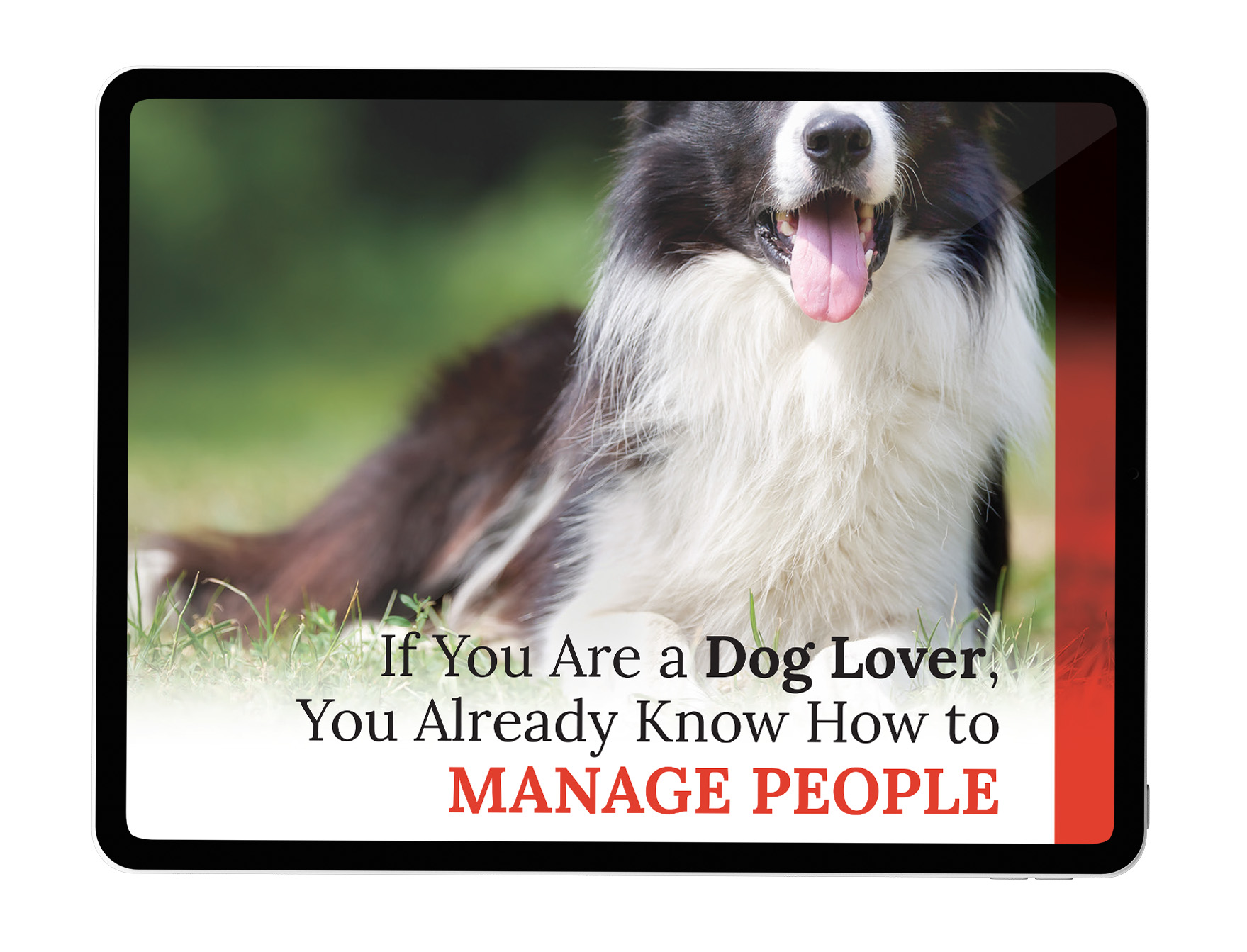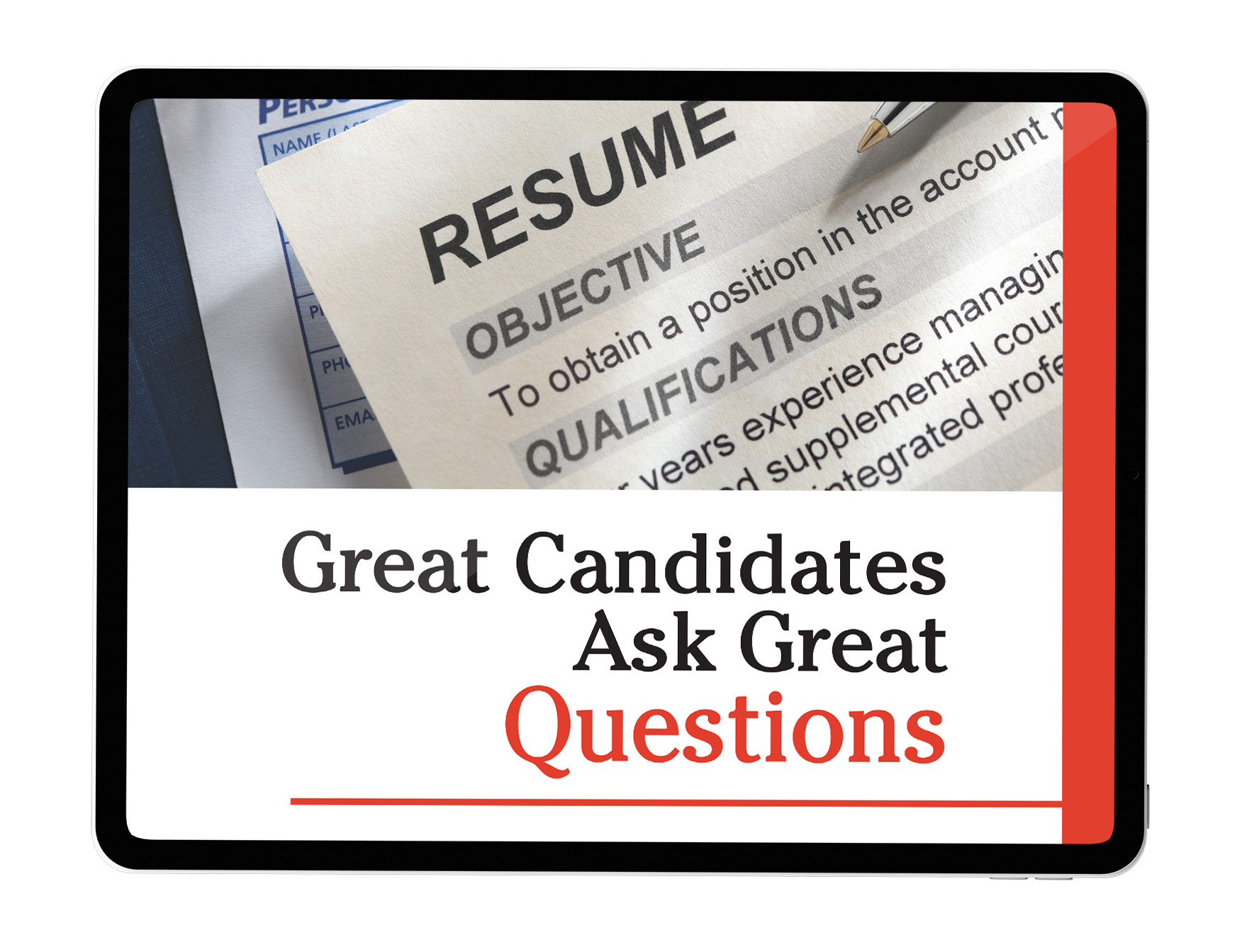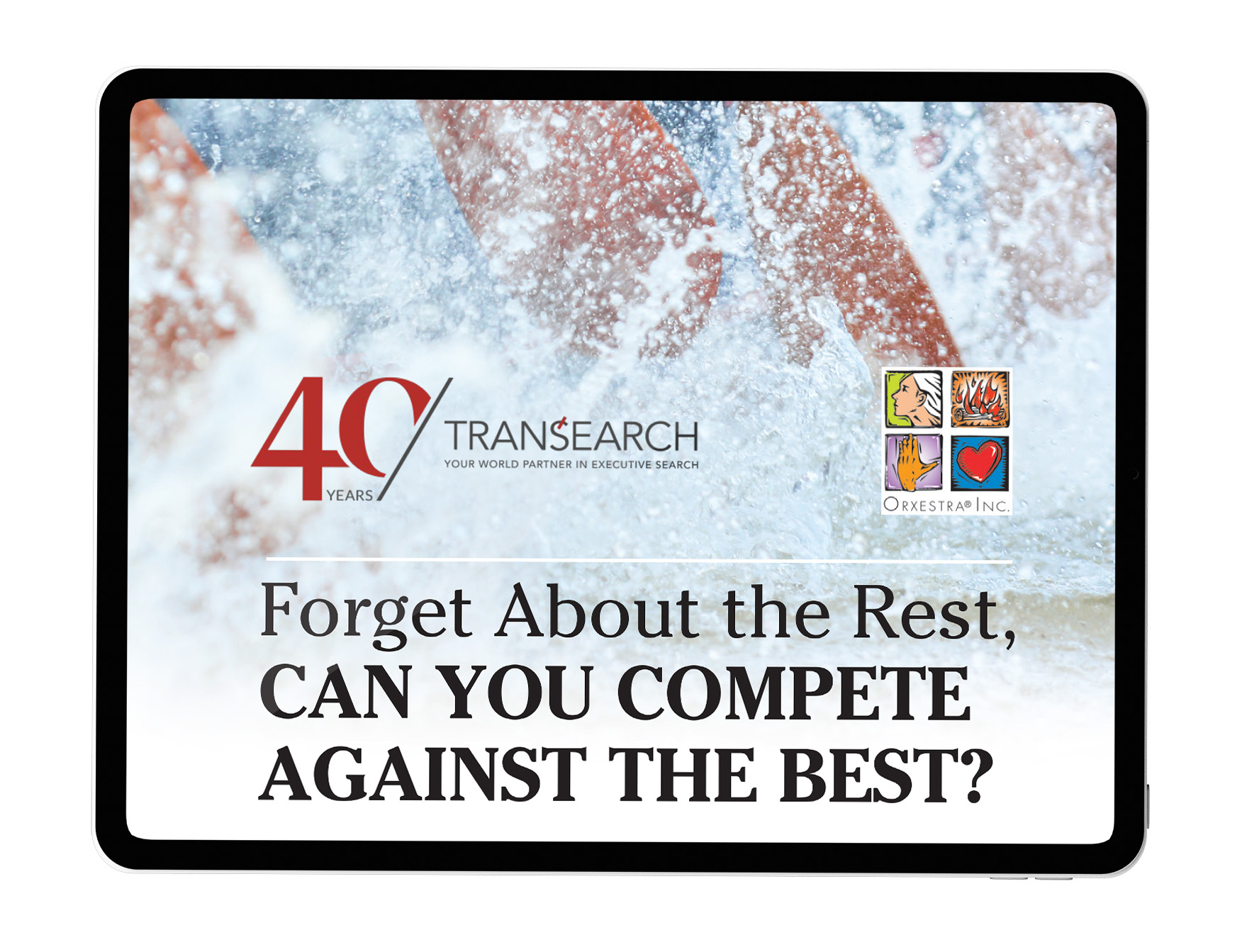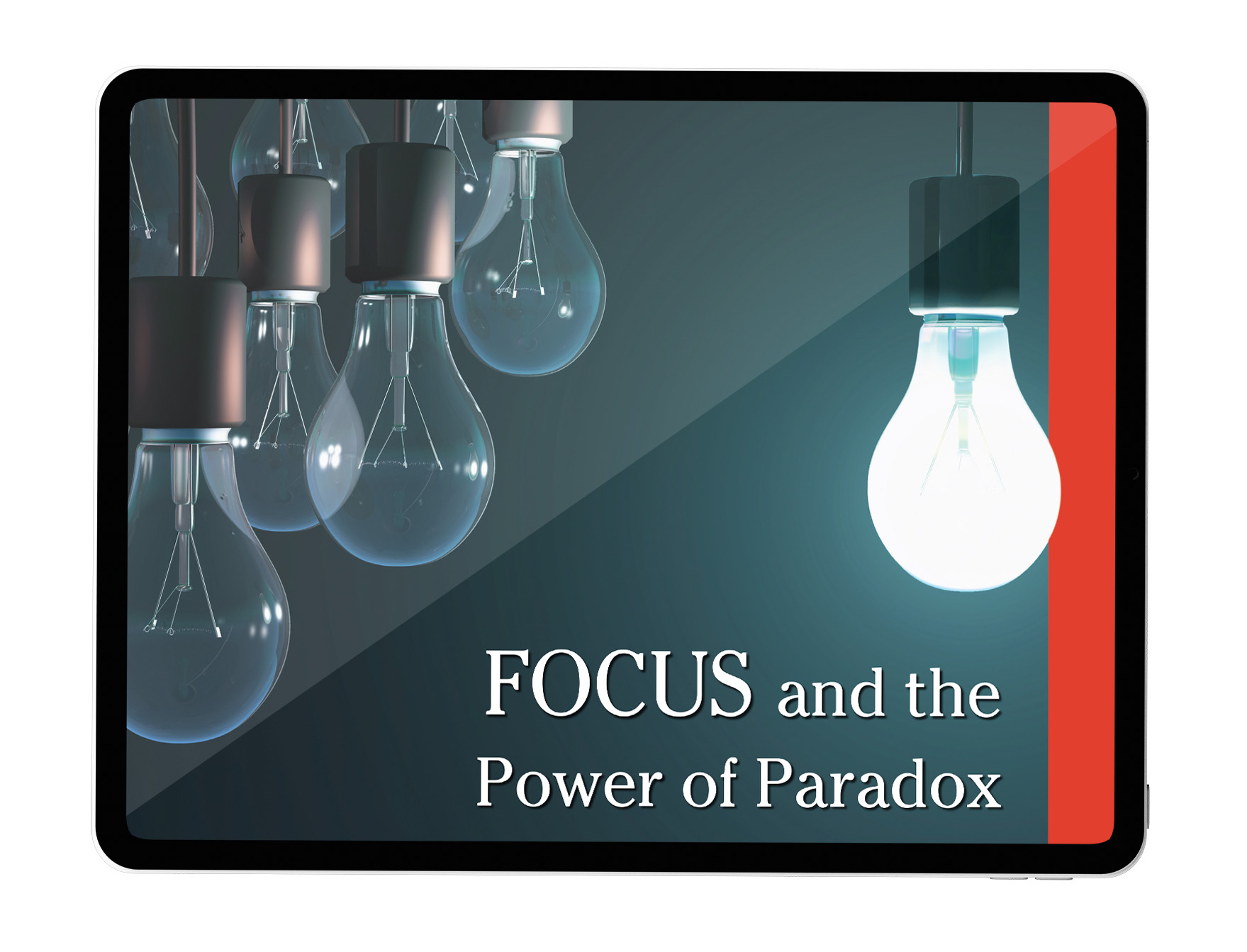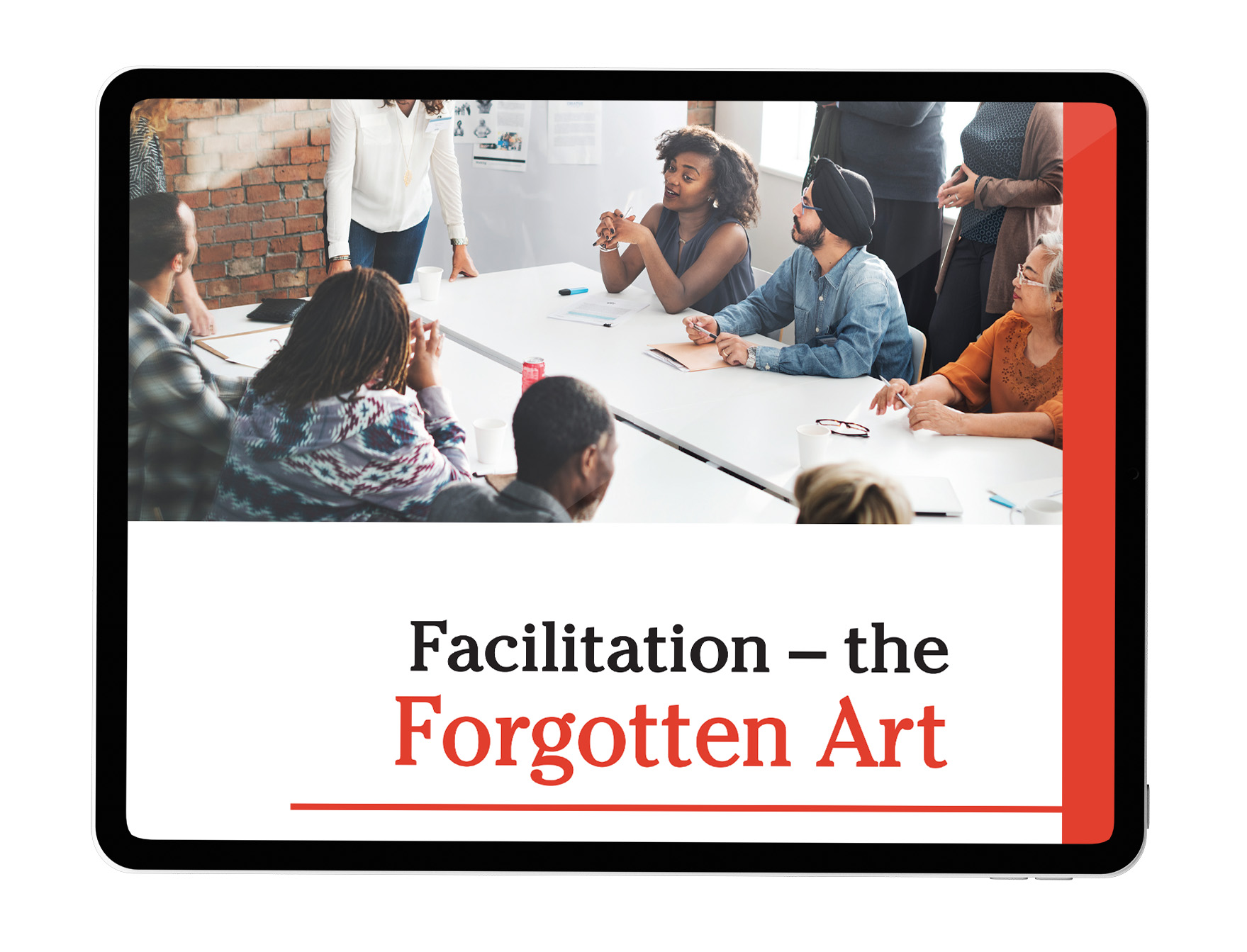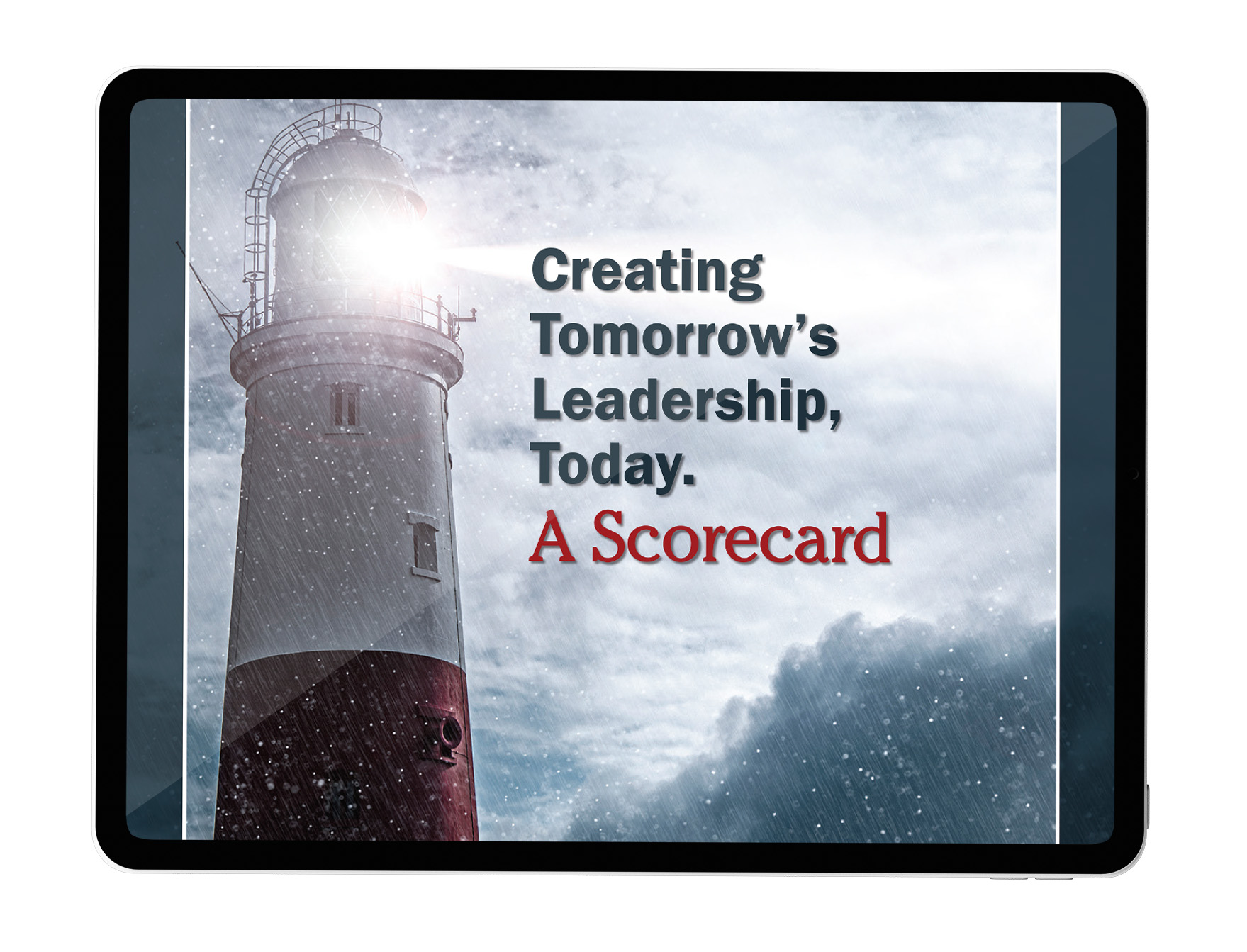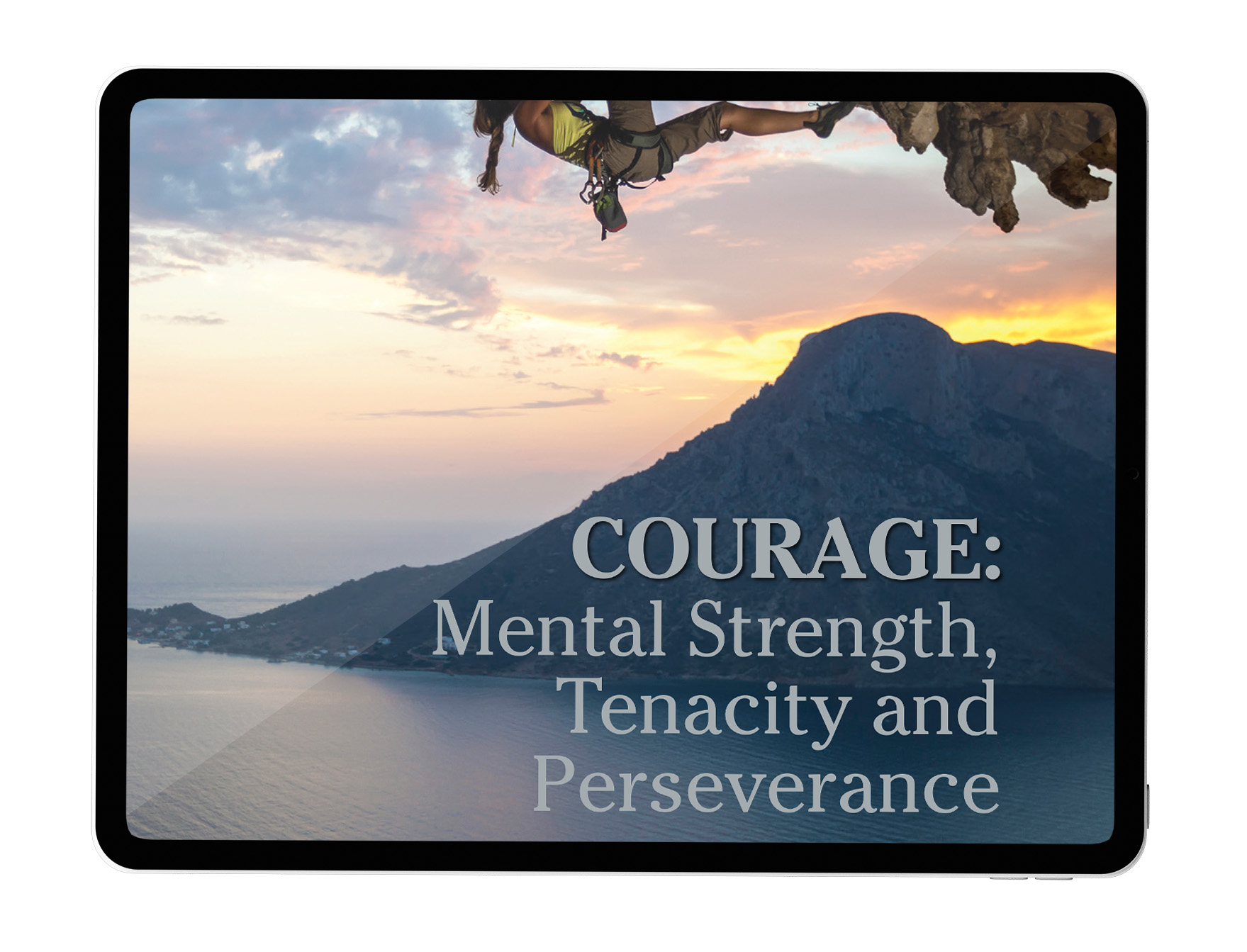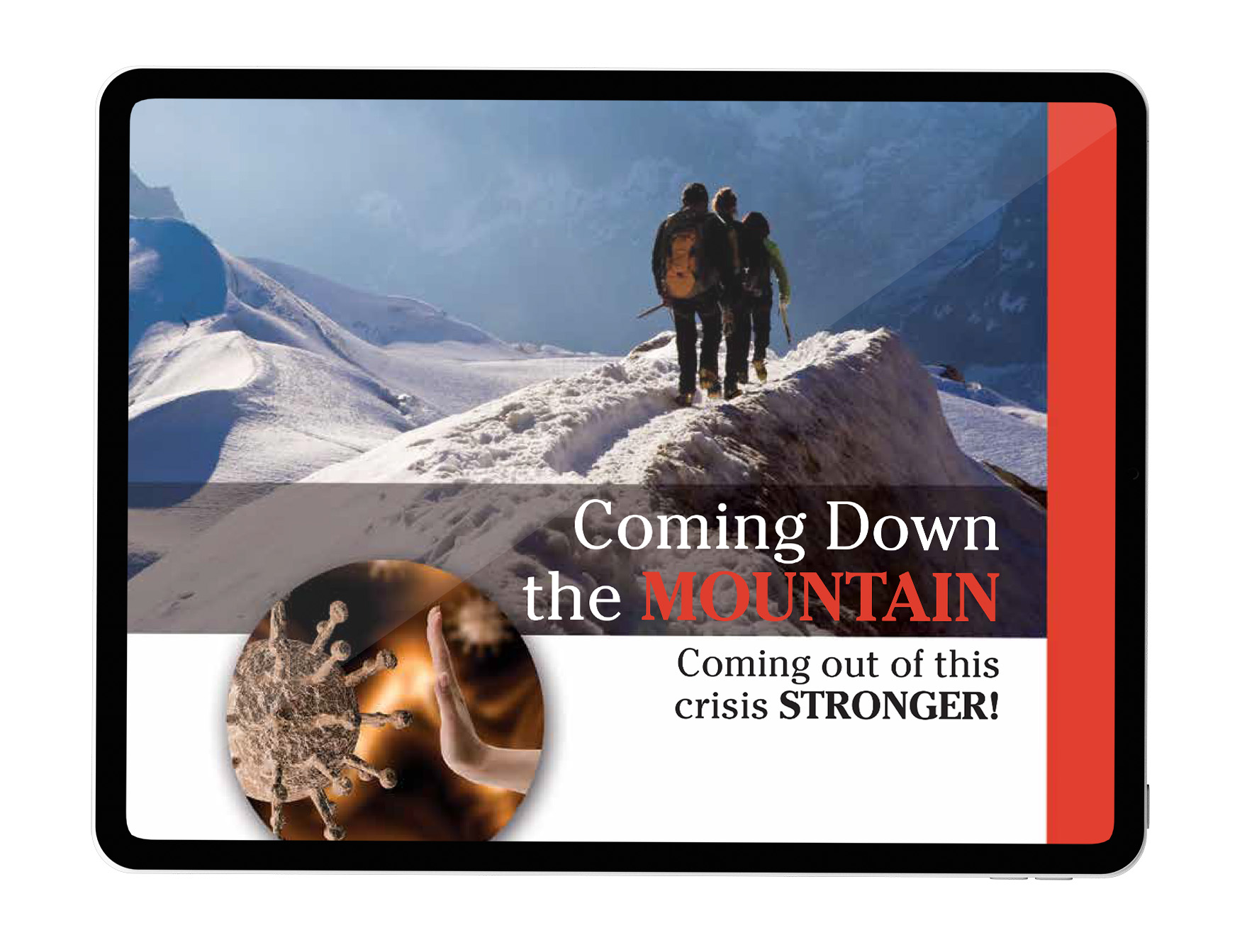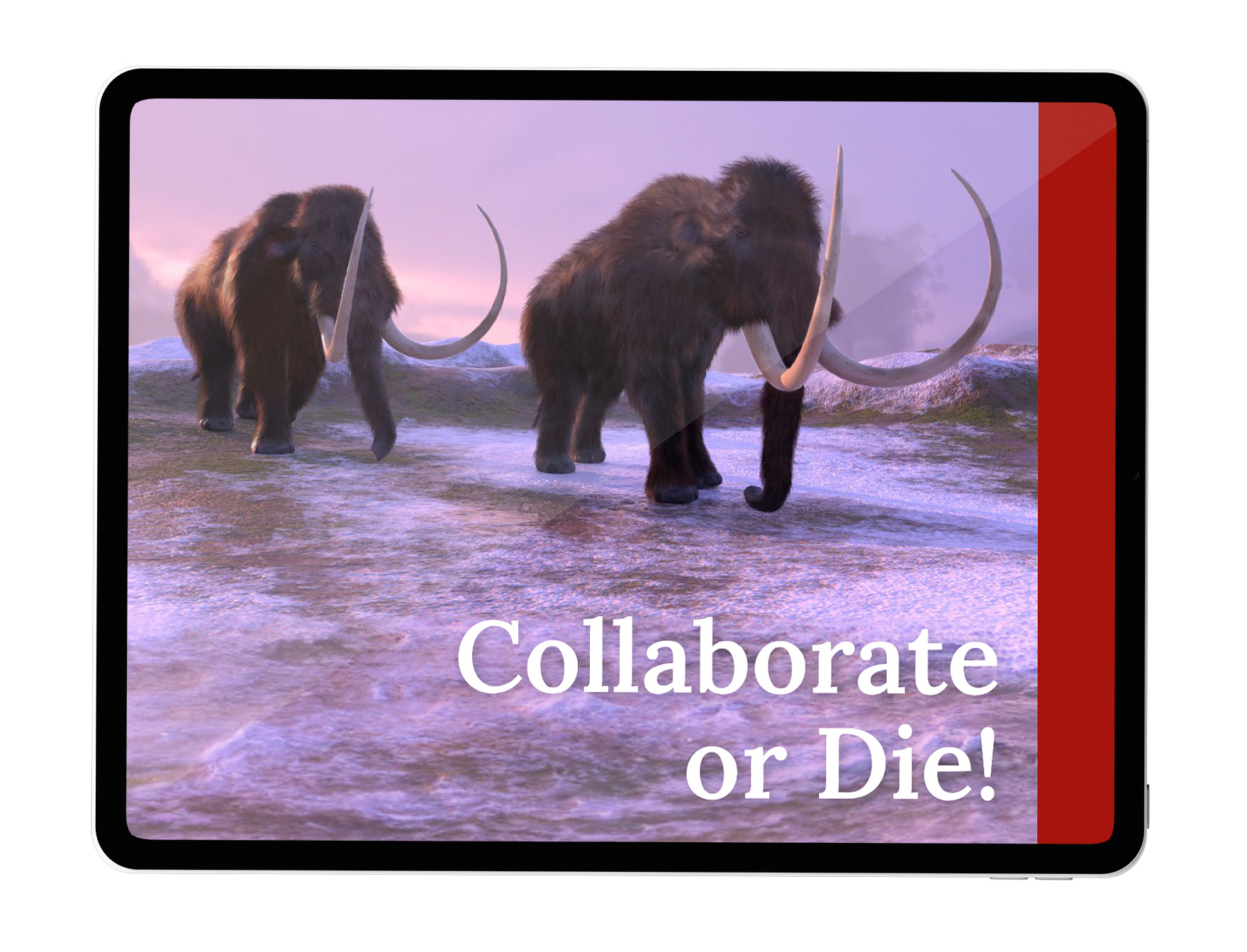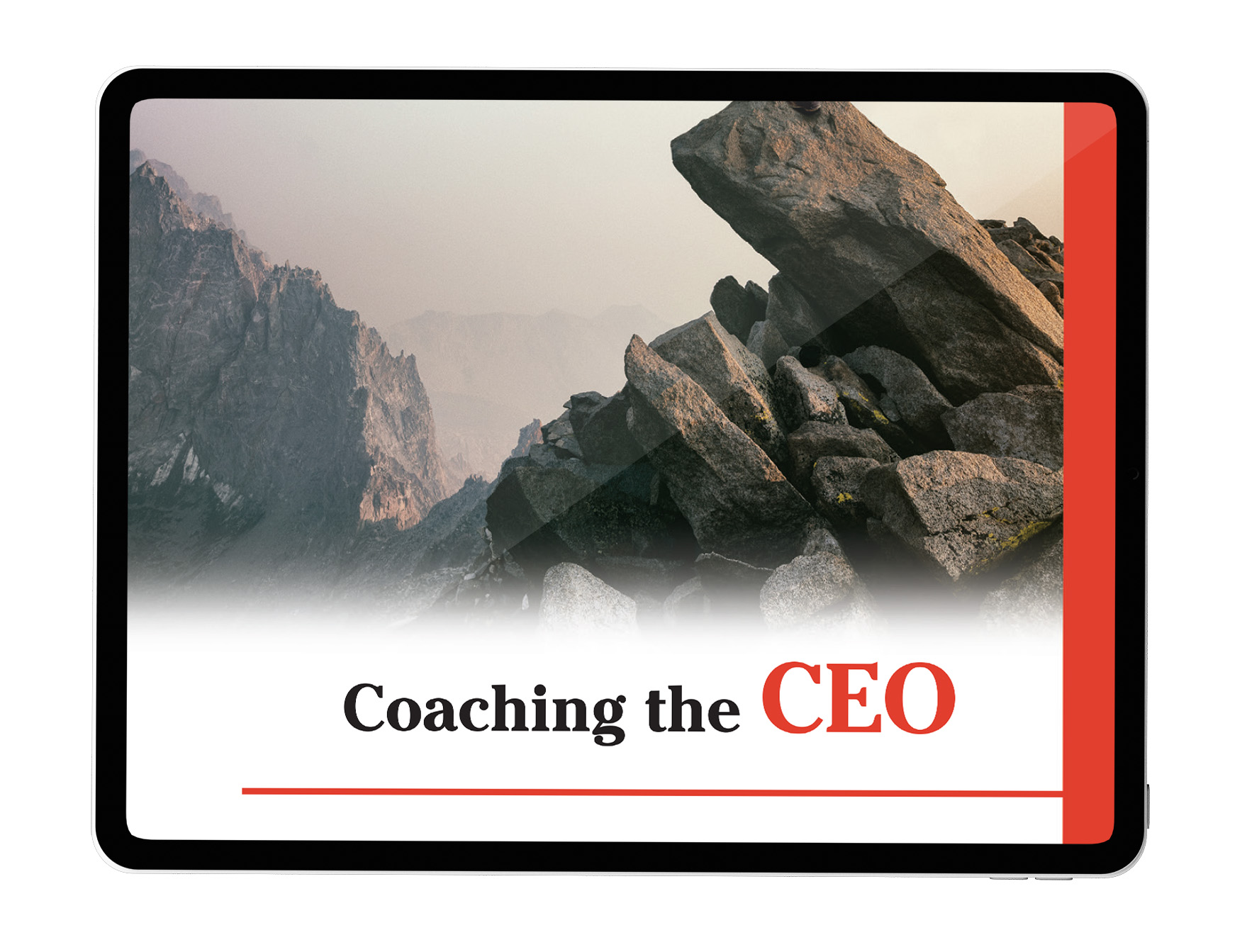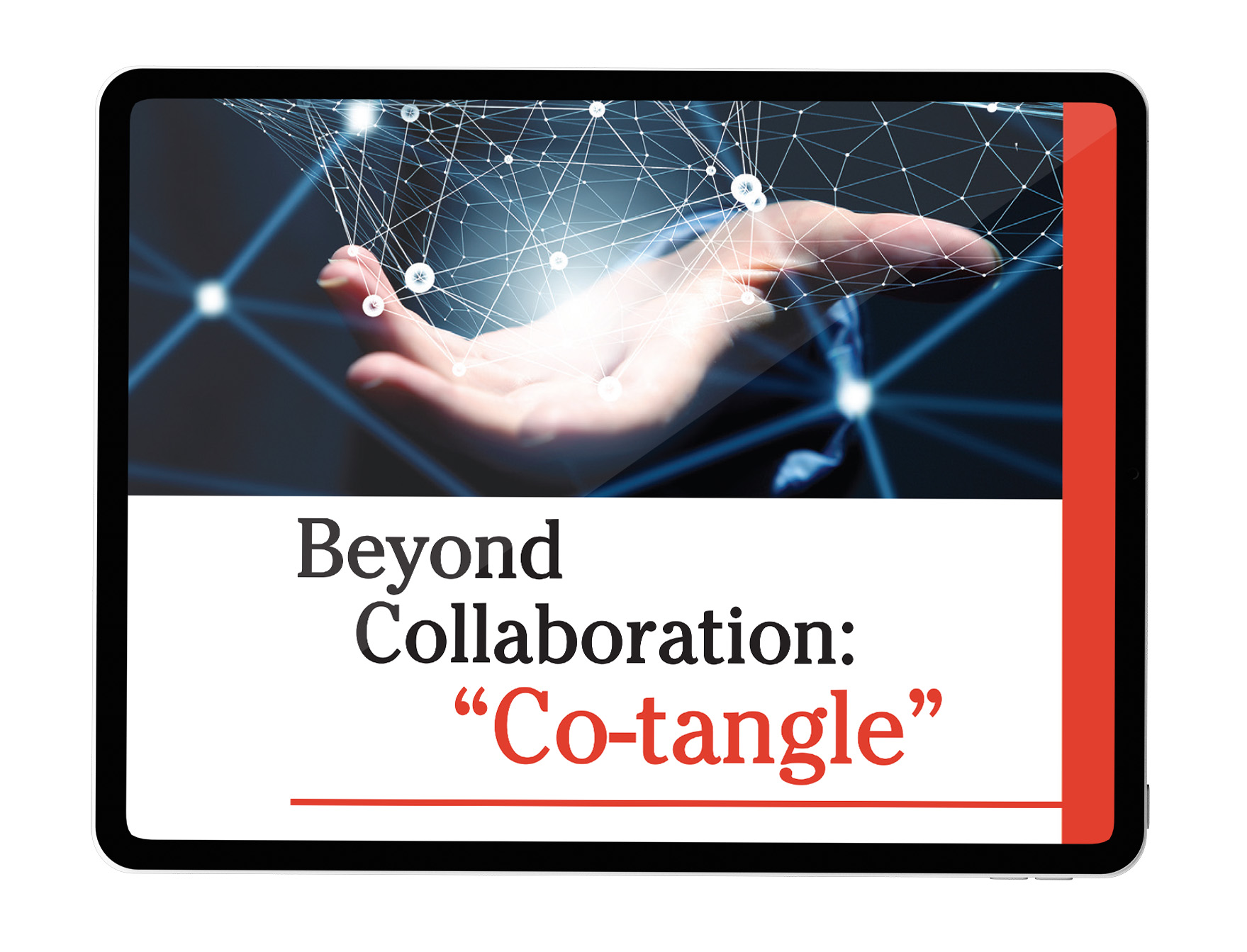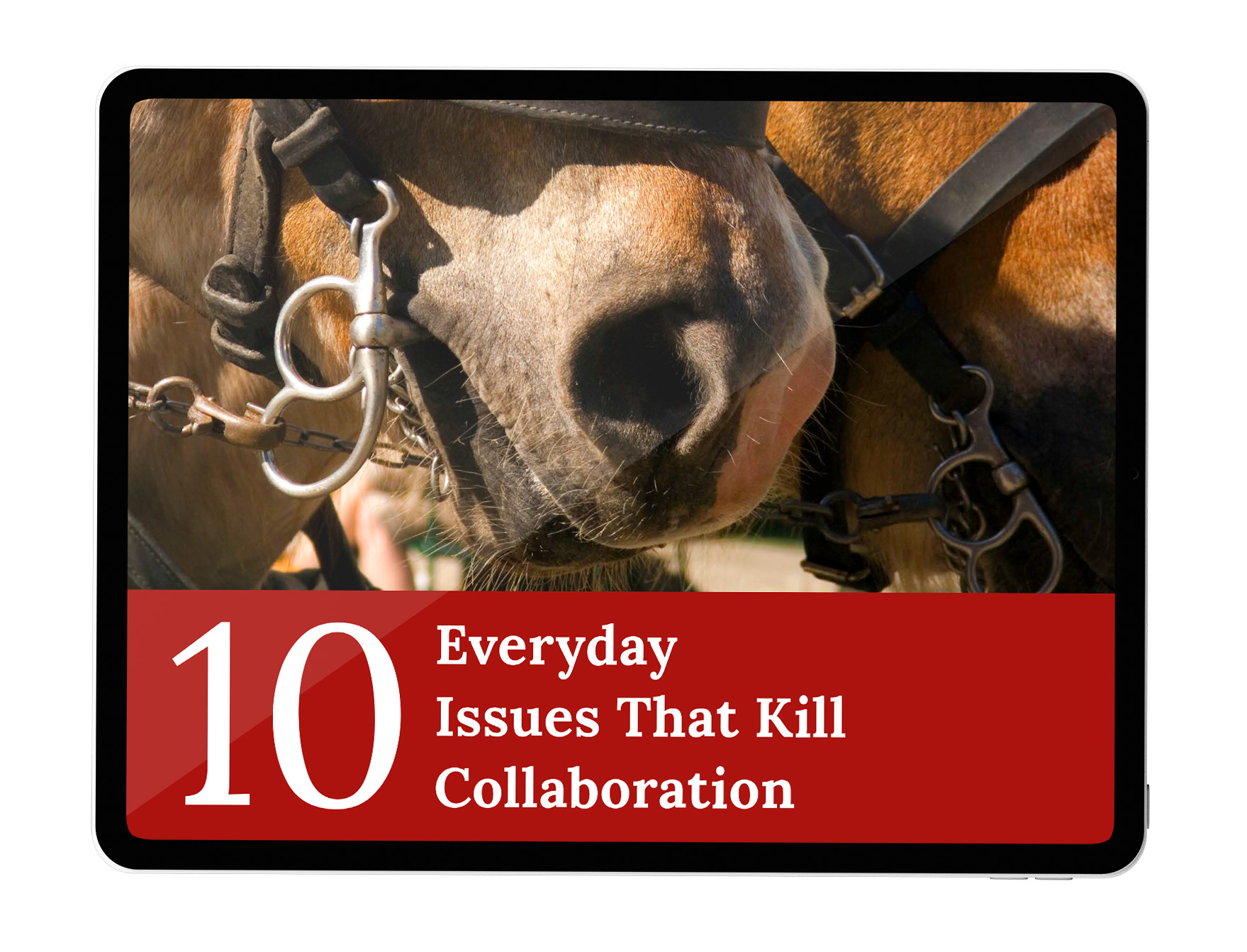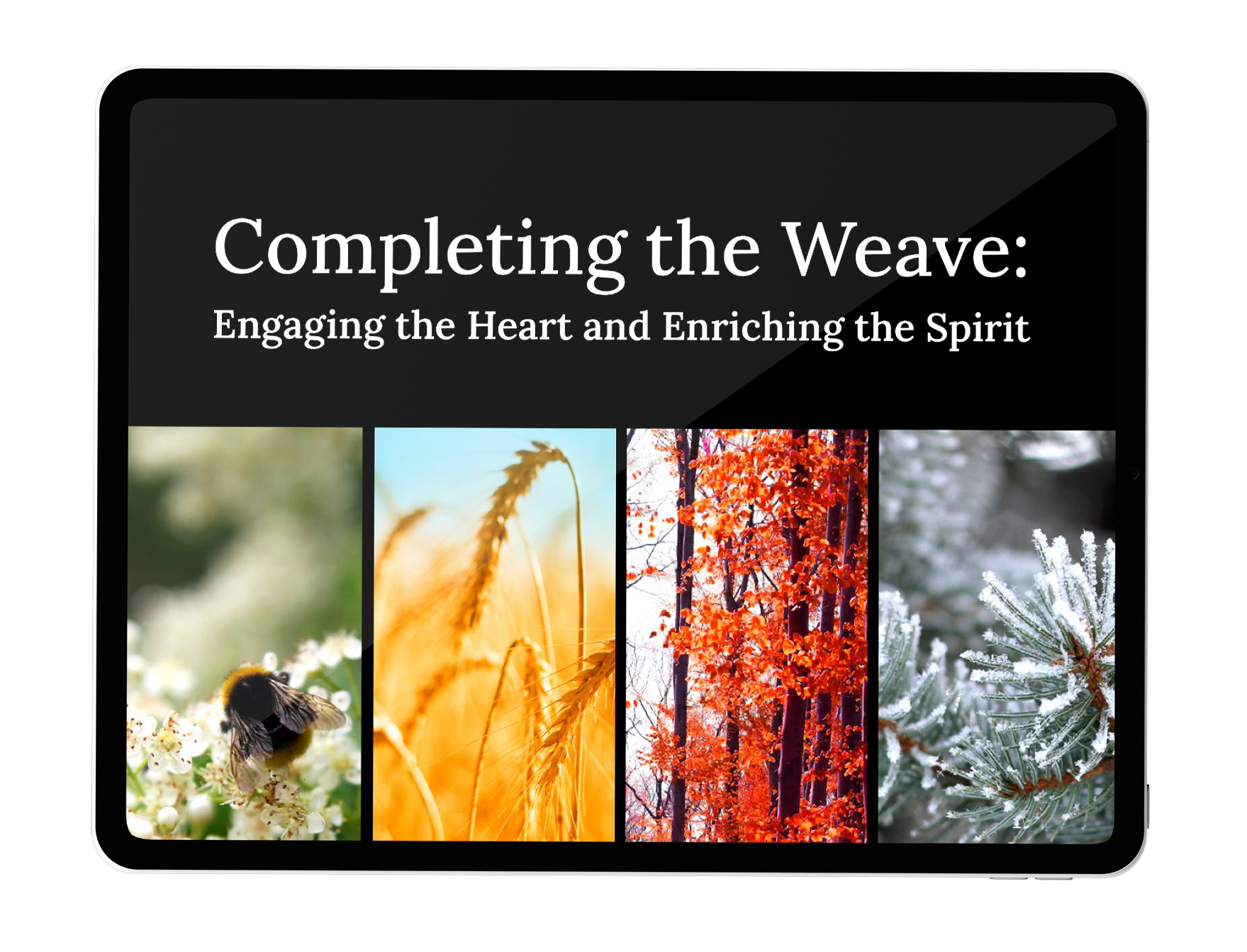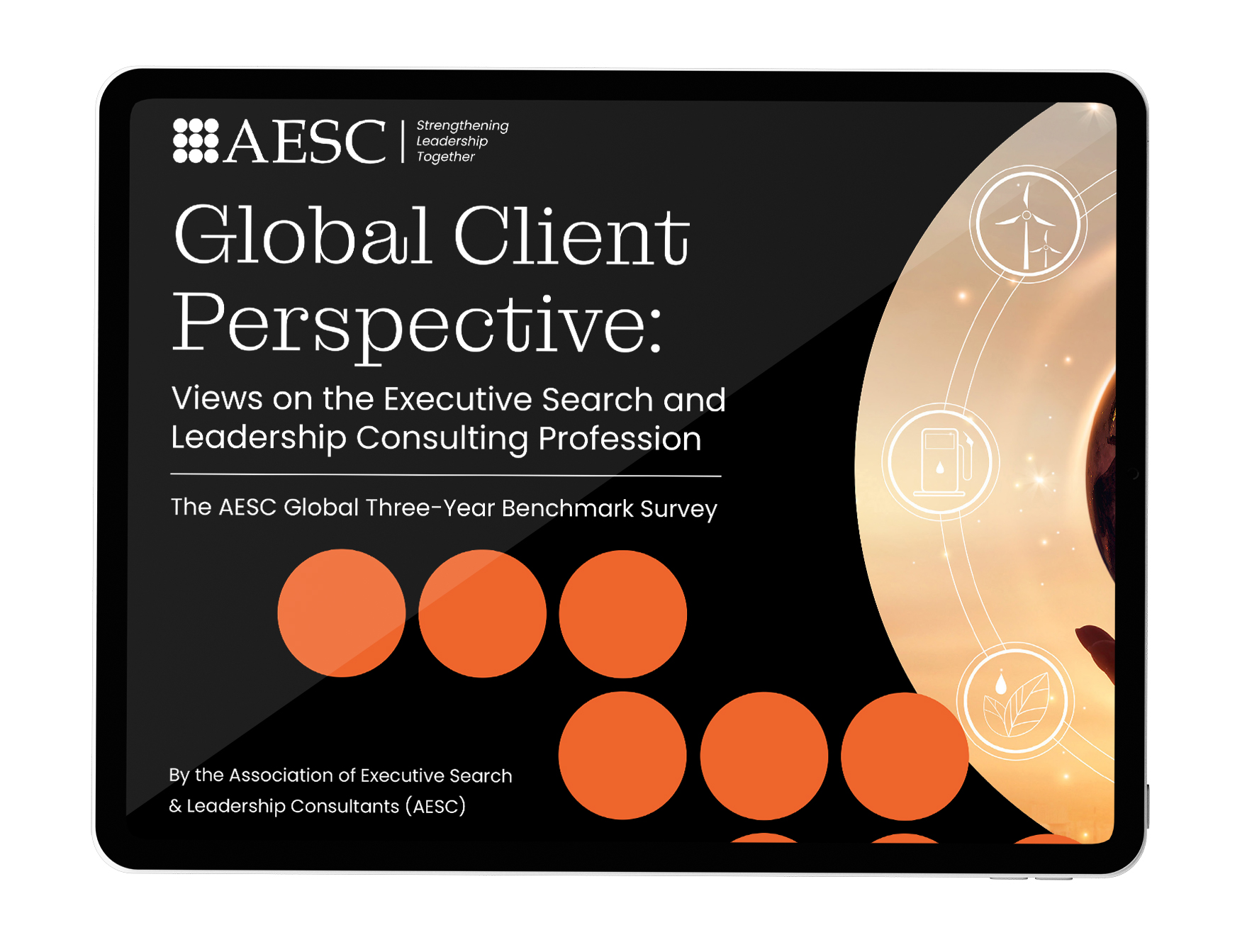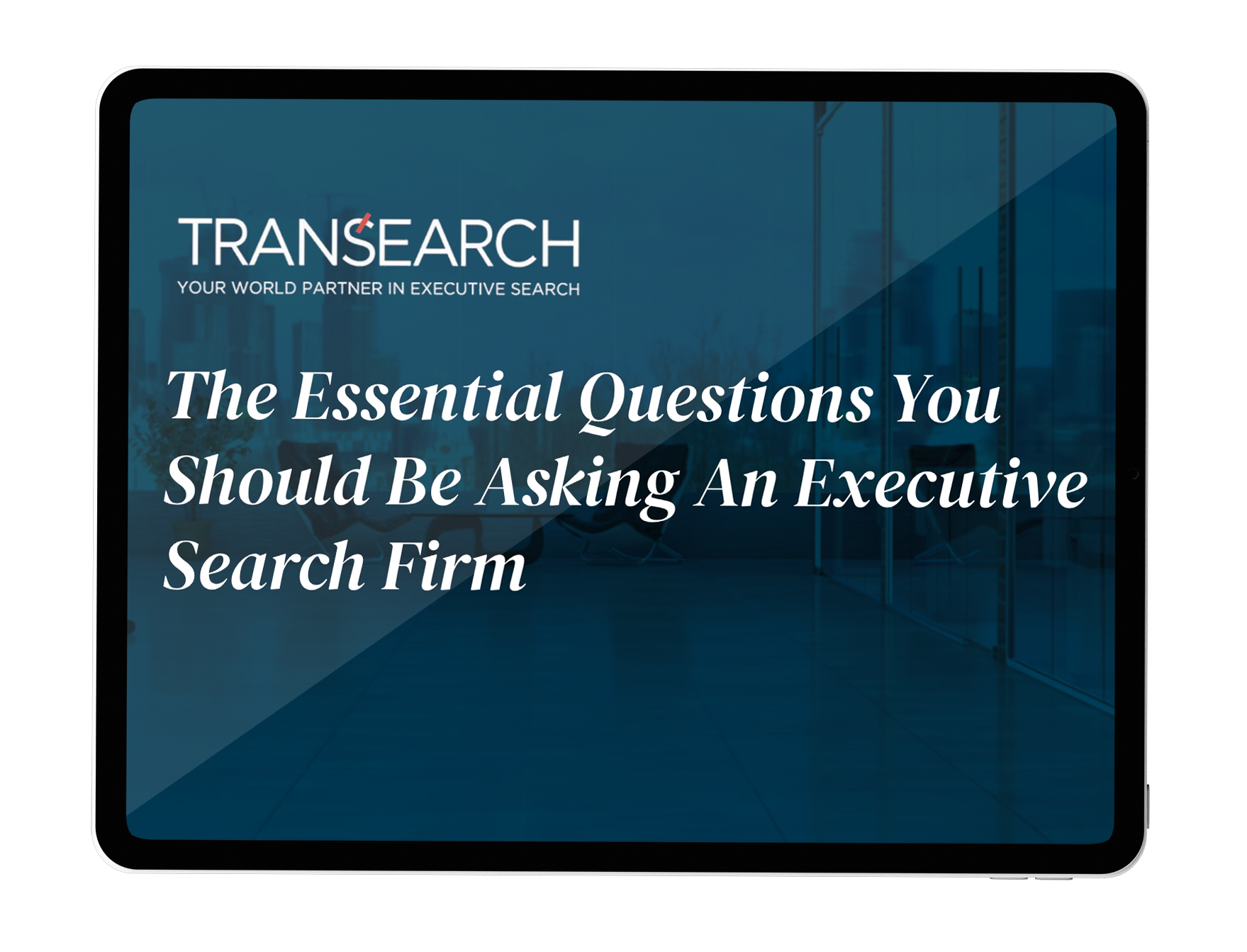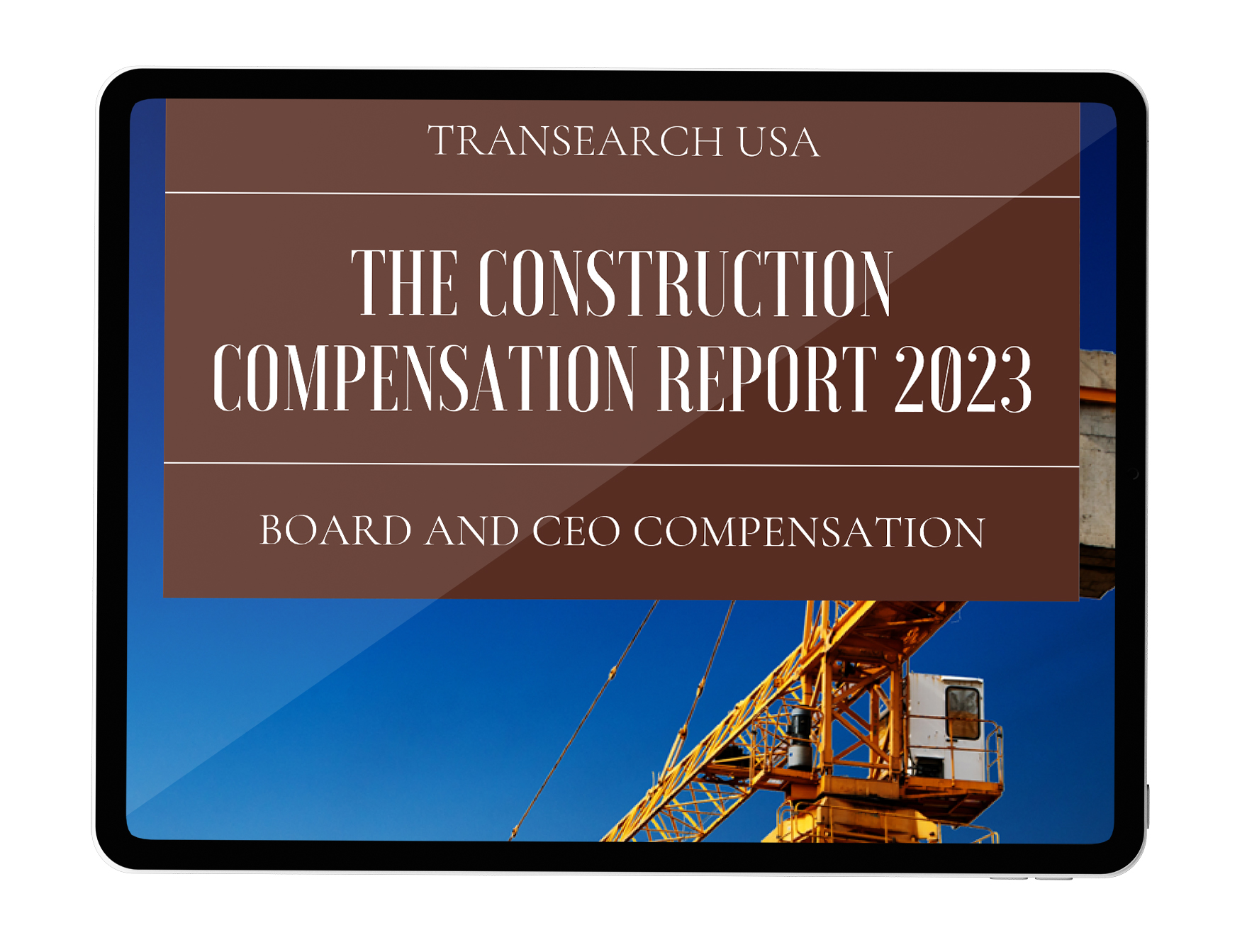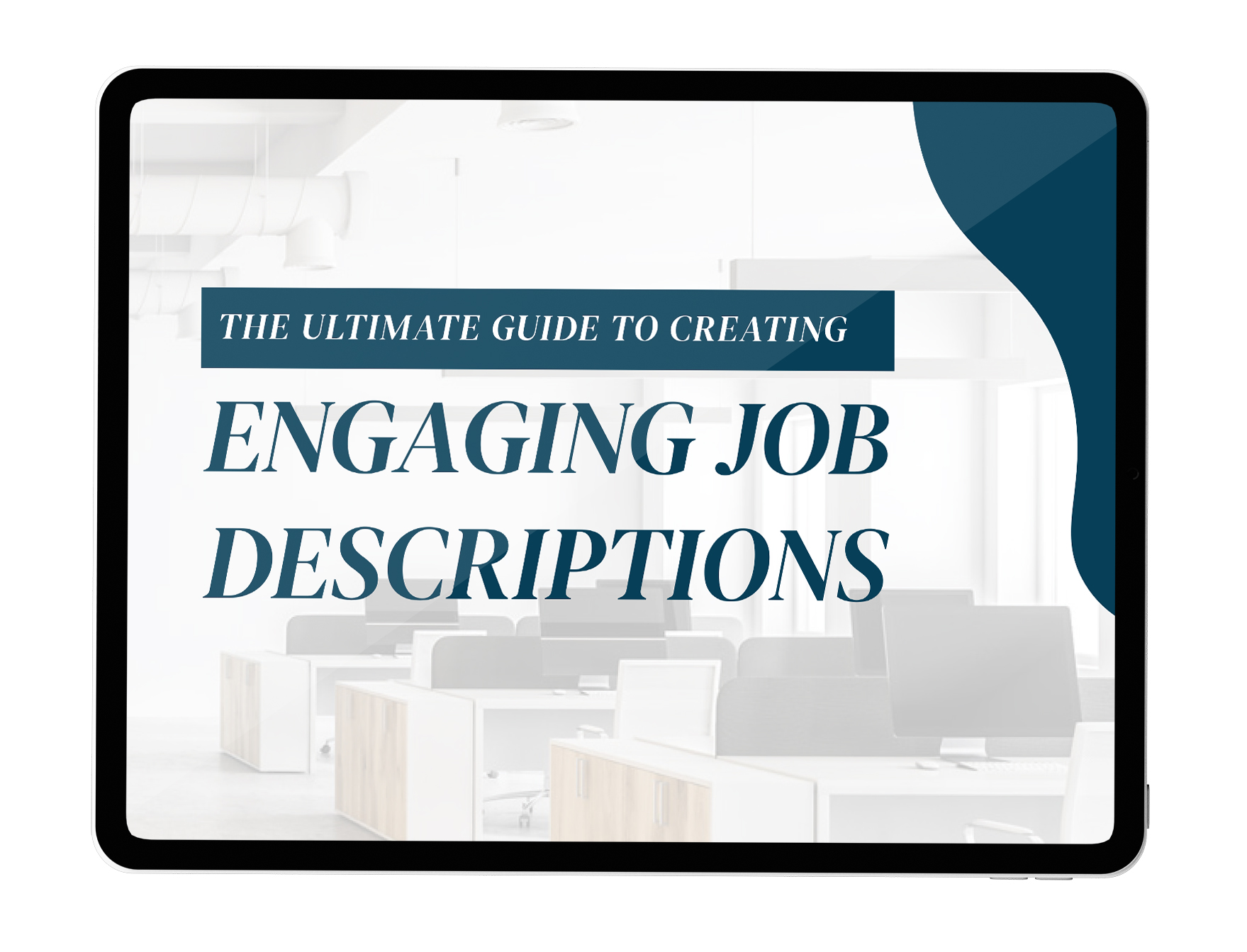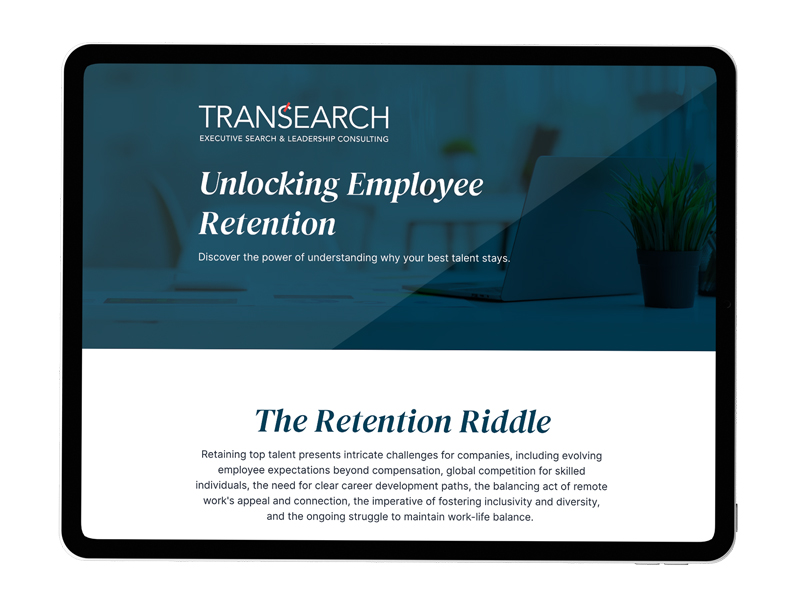With hybrid and remote job opportunities becoming more and more prevalent in today’s employment market, job seekers may be finding themselves interviewing virtually for the first time in their careers. Even for fully in-person roles, many recruiters and hiring managers prefer to conduct first or even second interviews (first could be a phone call) virtually to save time and hassle. Some of these tips are applicable to any type of interview, but there are some subtle nuances even in the classic best practices for today’s new interviewing landscape.
1. Research the Interviewer, the Company, and the Culture
This is of paramount importance for any interview however you should be aware of the multitude of new ways you can gain insight into a company online. Obviously, first and foremost is to go over the company’s website. Focus on their “About Us” section where you can typically find the company’s mission statement, its values, and members of the leadership team. You should also utilize sites like Indeed, Glassdoor, Comparably, and Crunchbase to gain insight into the company’s culture and see what current and former employees are saying about working there. Take negative reviews with a grain of salt (or sometimes the whole bottle), as disgruntled former employees are more apt to take to the internet with anger than happy former employees are to write praise.
LinkedIn will be your best source of information on your interviewer. Remember that LinkedIn shows you who has been on your profile, so make sure not to go to their page 37 times before your interview…we don’t want to creep out our interviewer. View it once and take a few notes down. Do you have any connections in common? Where did they go to school? What’s their formal job title? You can gain a lot of insight into someone from their profile. On the flip side make sure your LinkedIn page is up to date, grammatically correct, and is a good snapshot of who you are as a candidate. Any good recruiter or hiring manager is going to be looking for you on LinkedIn prior to the interview.
Also, make sure to thoroughly read and understand the position description for the role. Have a copy near you during the interview to help craft your answers and/or ask questions.
2. Check your Tech
Since we will be fully reliant on technology for this interview, we need to make sure it’s working properly BEFORE you sit down to conduct your interview. Whether you’re using a phone, an iPad/tablet, or a laptop, set it up where you plan to sit and preview your camera to see what the perspective will look like. The angle should be “straight on” as much as possible. You don’t want the interviewer looking at the top of your head or up your nostrils! This may entail you having to elevate your device a bit, use a book or other flat surface with some height to do so. If you own earbuds/AirPods I recommend using these over your device’s built-in speakers and microphone as they help filter out ambient background noise and typically provide better quality sound, allowing your true tone to come through to the interviewer.
I also suggest doing a “test run” with a friend using whatever technology you’ll be using for the call, including the interface. Set up a fake Zoom, Teams, etc. meeting and familiarize yourself with the interface.
Most importantly, in the event you do have a technical issue during the call…DON’T PANIC. Show those nerves of steel you possess while under stress. If your Wi-Fi is spotty, ask if you can turn the video off to provide better bandwidth. Or, just politely let the interviewer know you need to disconnect and reconnect. These things do happen, and I promise you they will understand.
3. Aesthetics, Aesthetics, Aesthetics
Like the rule of “location, location, location” in real estate, aesthetics can have a huge impact on whether your interview is successful or not.
Even though the interview is virtual (and the job may be fully remote from your home), you should dress for the interview as if it was in person…at least from the waist up! This shows the interviewer you are taking this opportunity seriously and demonstrates your level of professionalism. Just because the job itself may permit you to work in a t-shirt and cotton shorts doesn’t mean you should interview in them.
Something else you should pay close attention to is your background. While testing your tech in the last tip, make sure that what is showing behind you is clean and not a distraction to the interviewer. A clean wall with ambient natural light is best. If you don’t have that as an option, make sure what’s behind you is clutter-free and avoid sitting directly in front of a window as it can wash out your face on camera with backlighting. Another option would be a virtual background which both Zoom and Teams provide.
4. Prepare Questions and Take Notes as You Go
While doing your research from tip one, make sure to write down at least three questions to ask your interviewer at the end of your dialogue specific to the company and/or the role. This shows inquisitiveness and foresight to the interviewer, and that you’ve done your homework. If you’re struggling to come up with three, a few solid “go-to” questions are:
“What do you like most about working at ABC Company?”
“What sets ABC Company apart from its competitors?”
“What does the potential career path look like for someone in this role at ABC Company?”
Also, make sure to take copious notes during the interview. Let the interviewer know at the beginning that they may see your eyes look down or off to the side while they are speaking and that it is due to you taking notes. They’ll appreciate your candor and again shows how seriously you’re taking the opportunity.
5. Send a Thank You Email within 24 Hours
Within 24 hours of your interview, make sure to send the interviewer a well-crafted, PROOFREAD thank you email. Thank them for their time and show your enthusiasm for moving forward in the interview process, without sounding desperate. Convey the same tone you used throughout your interview and focus on positivity. This does not need to be a novel, so keep it concise and focus on the positives from your interview. A sample could be:
“Dear
Thank you sincerely for your time
If you have any follow-up questions, I can be most easily reached via
Sincerely,
Me”
One thing I always caution people on is to NOT compound a mistake in a thank you email. Let’s say after the interview is over you feel you made a mistake or said something you’d like to reclarify. Do not attempt to do so in this thank you email. What you’re dwelling on the interviewer may not be, so don’t draw further attention to it by rehashing it here.
And I know I’ve already said it but I can’t emphasize it enough…make sure you proofread this email 2-3 times before hitting send. While a typo in an email may not be a huge deal, in this specific email it could inadvertently convey that you do not pay attention to detail. This is not something you want a potential hiring manager to focus on.
I hope you have found this article informative and were able to gain at least one new insight out of it. If you have any additional questions, feel free to comment here or message me directly via LinkedIn. I wish all of you the best of luck in your career paths moving forward!













